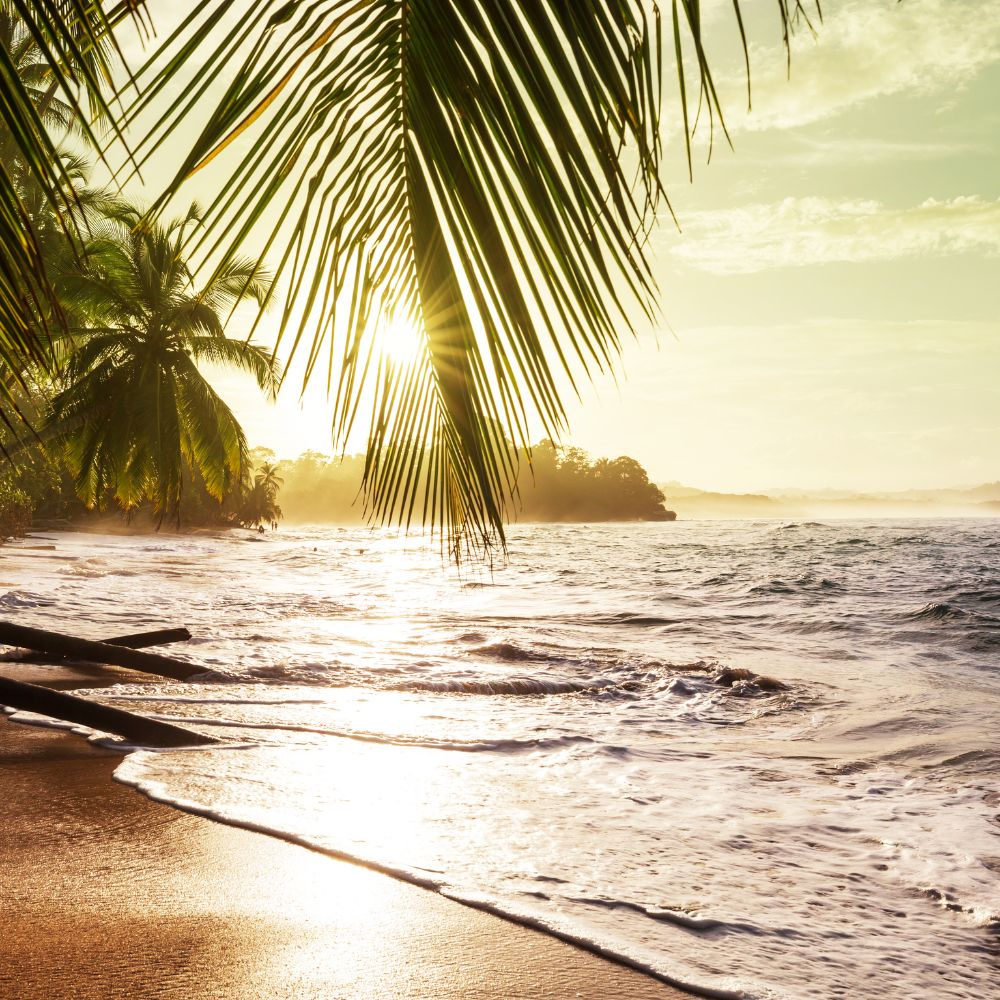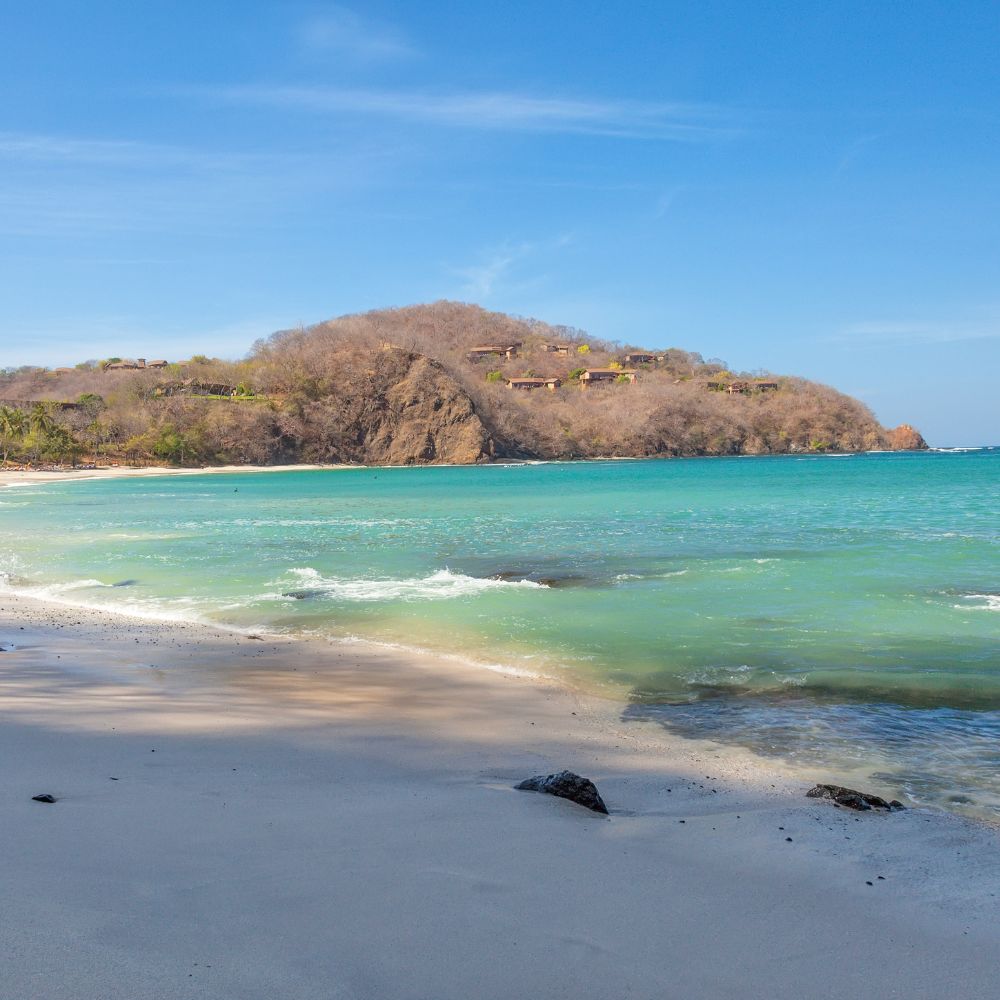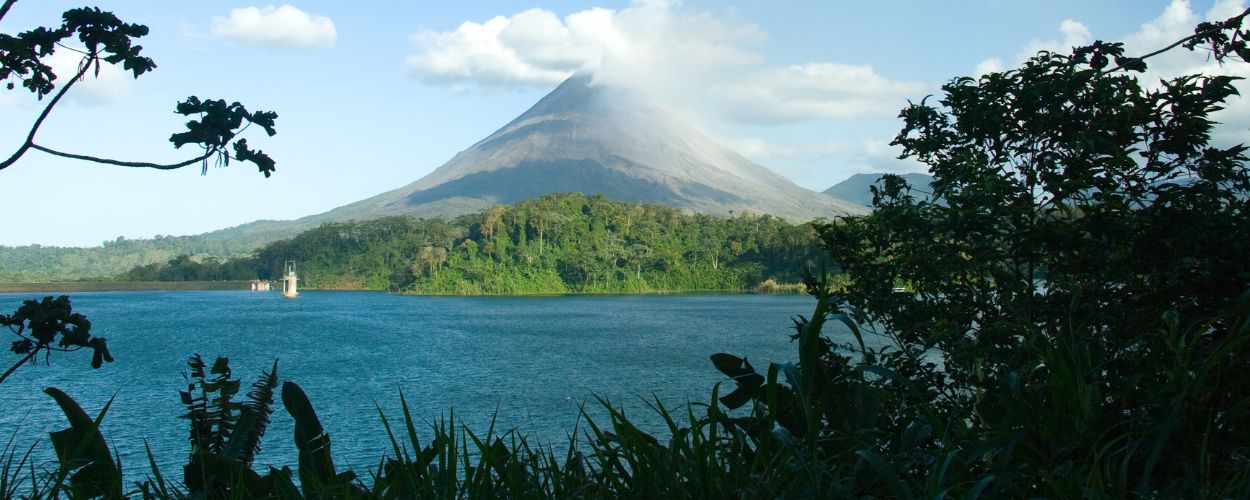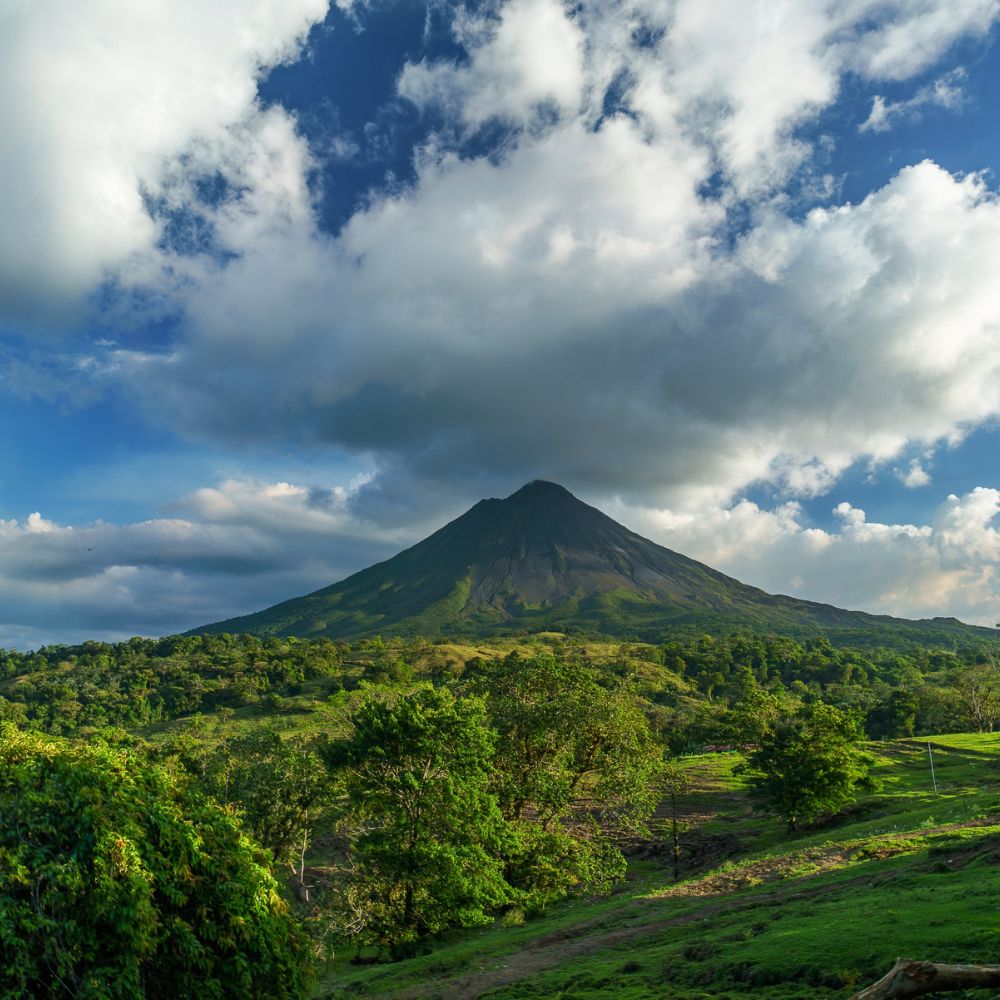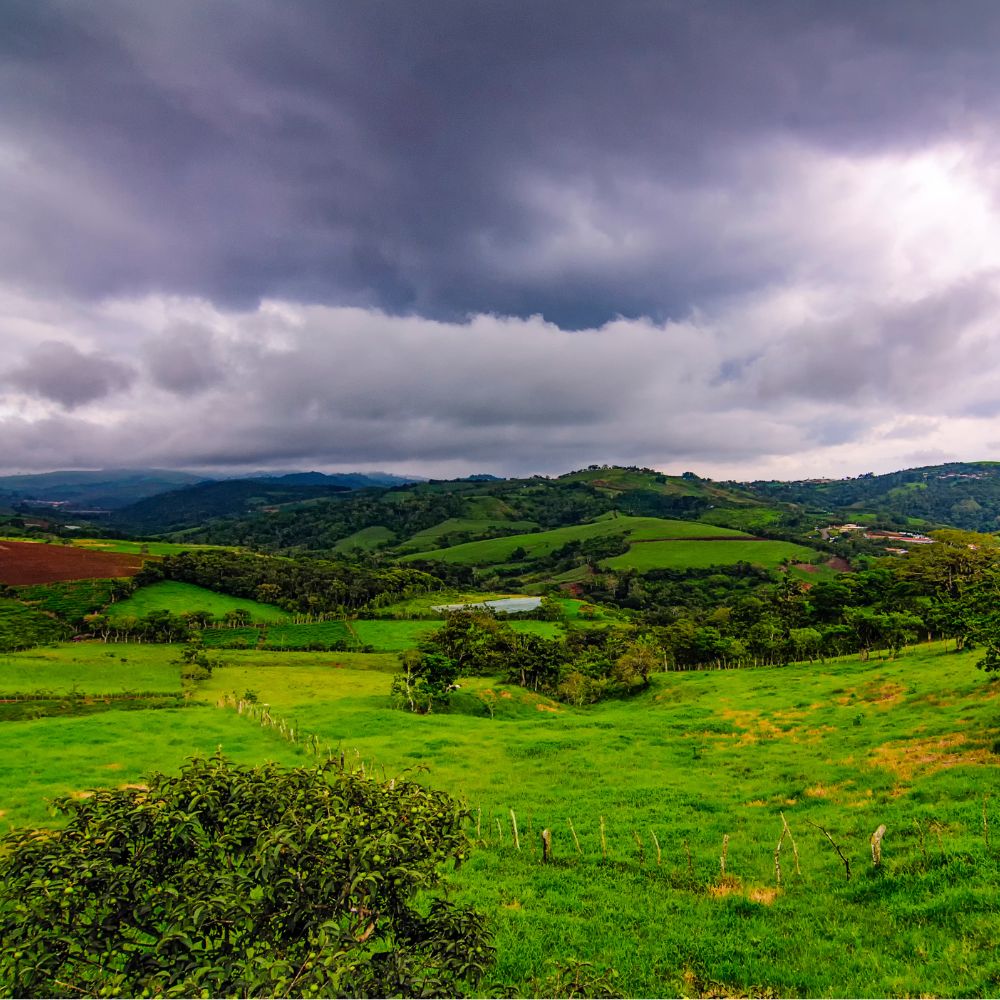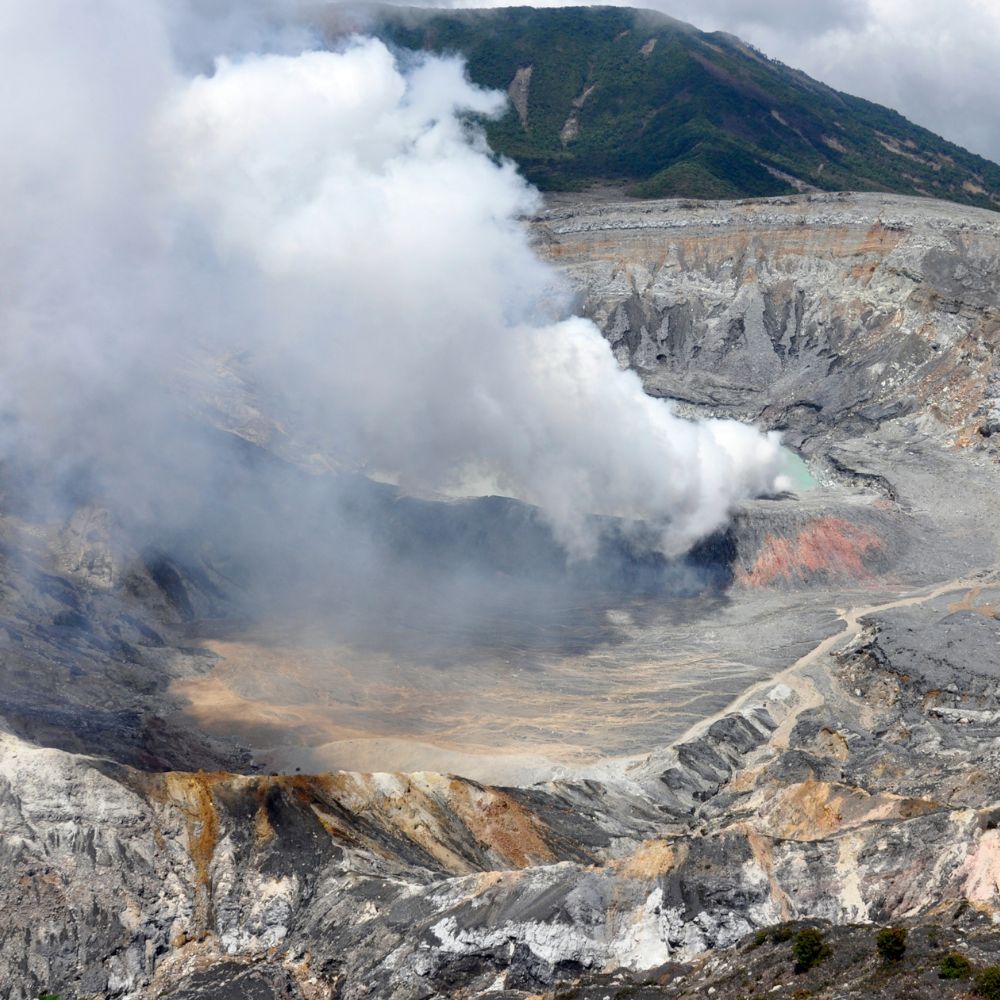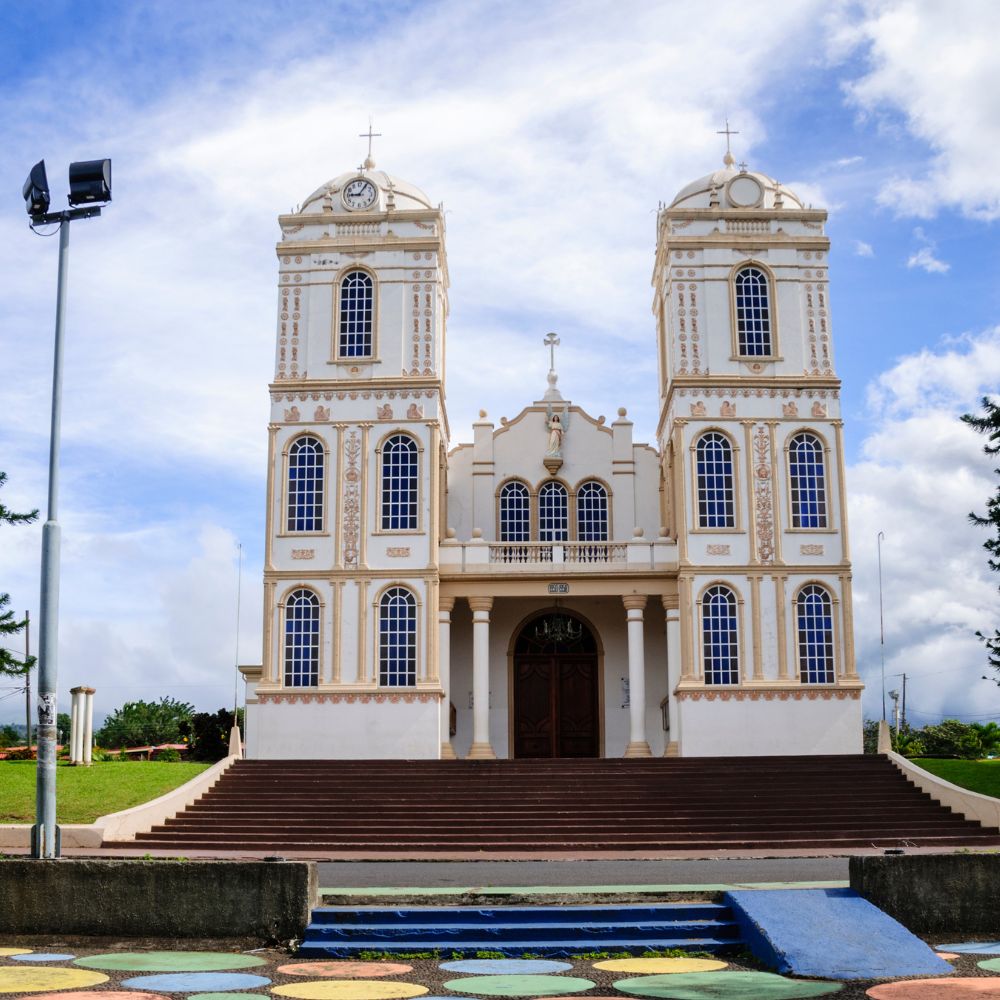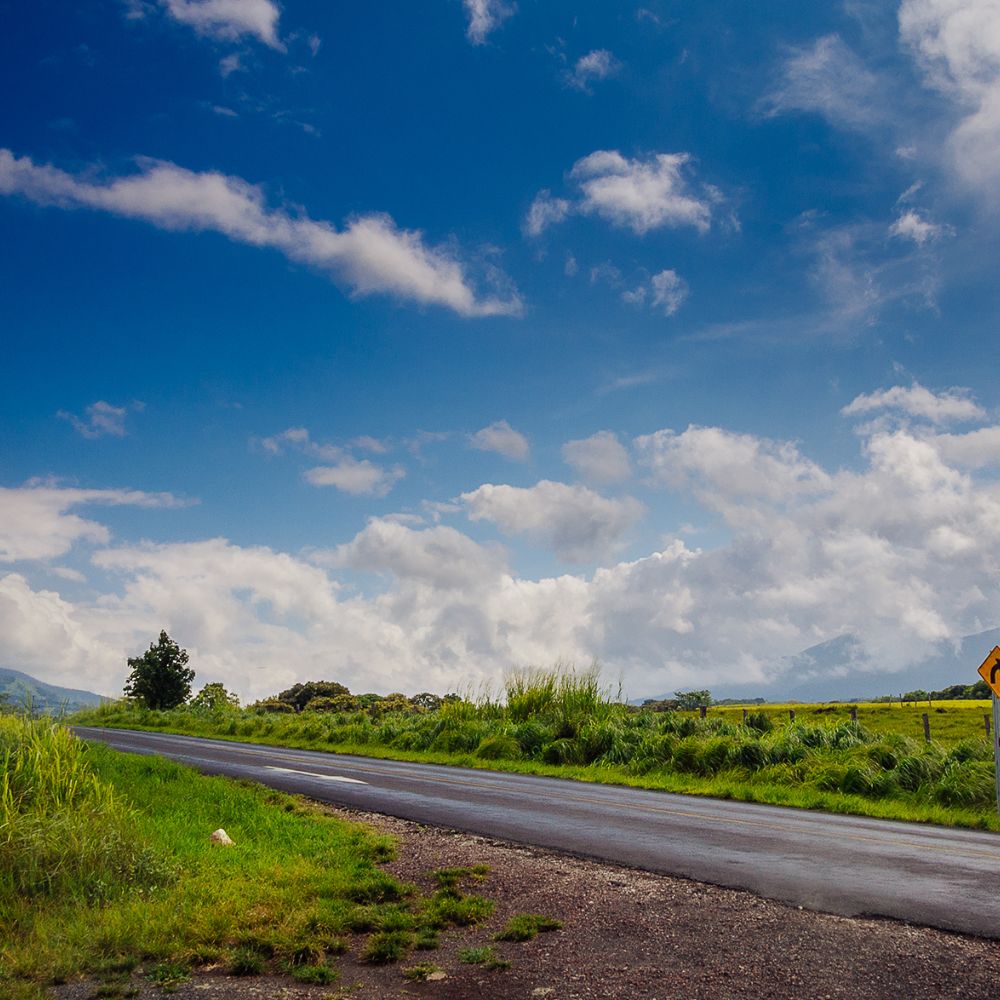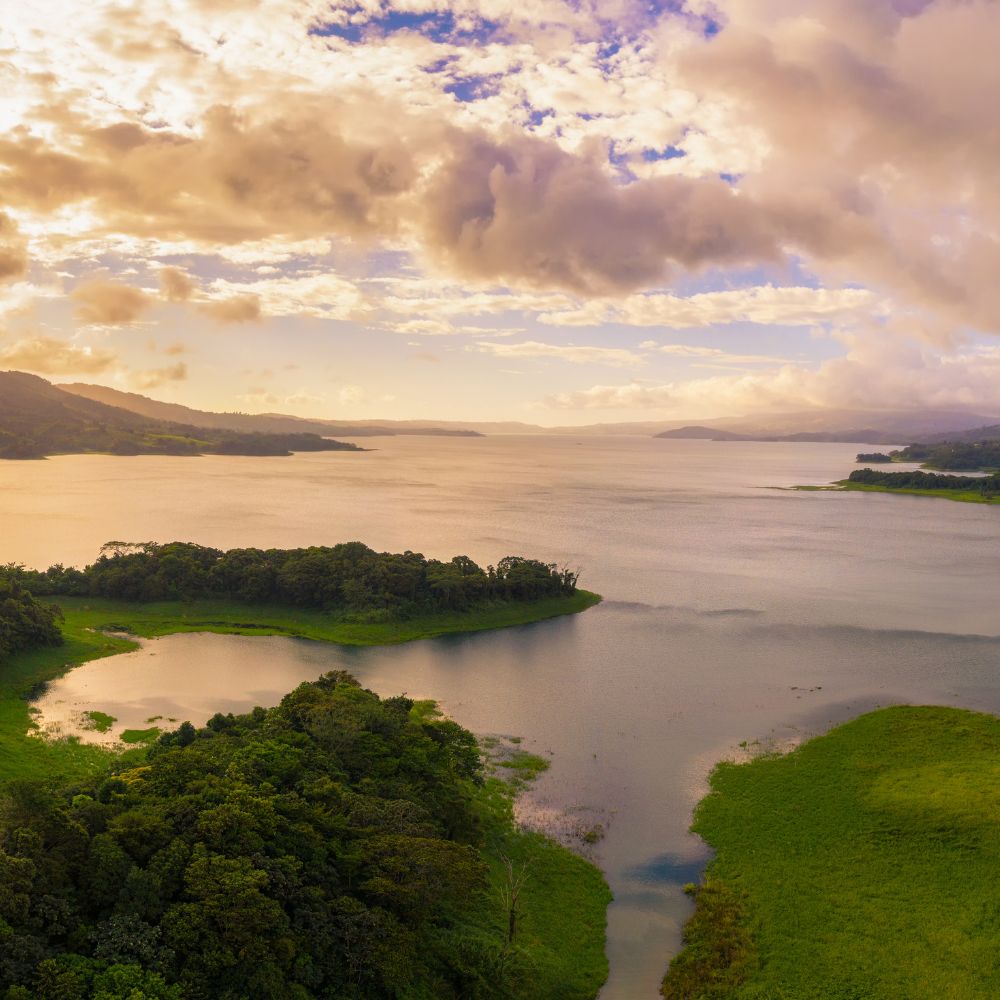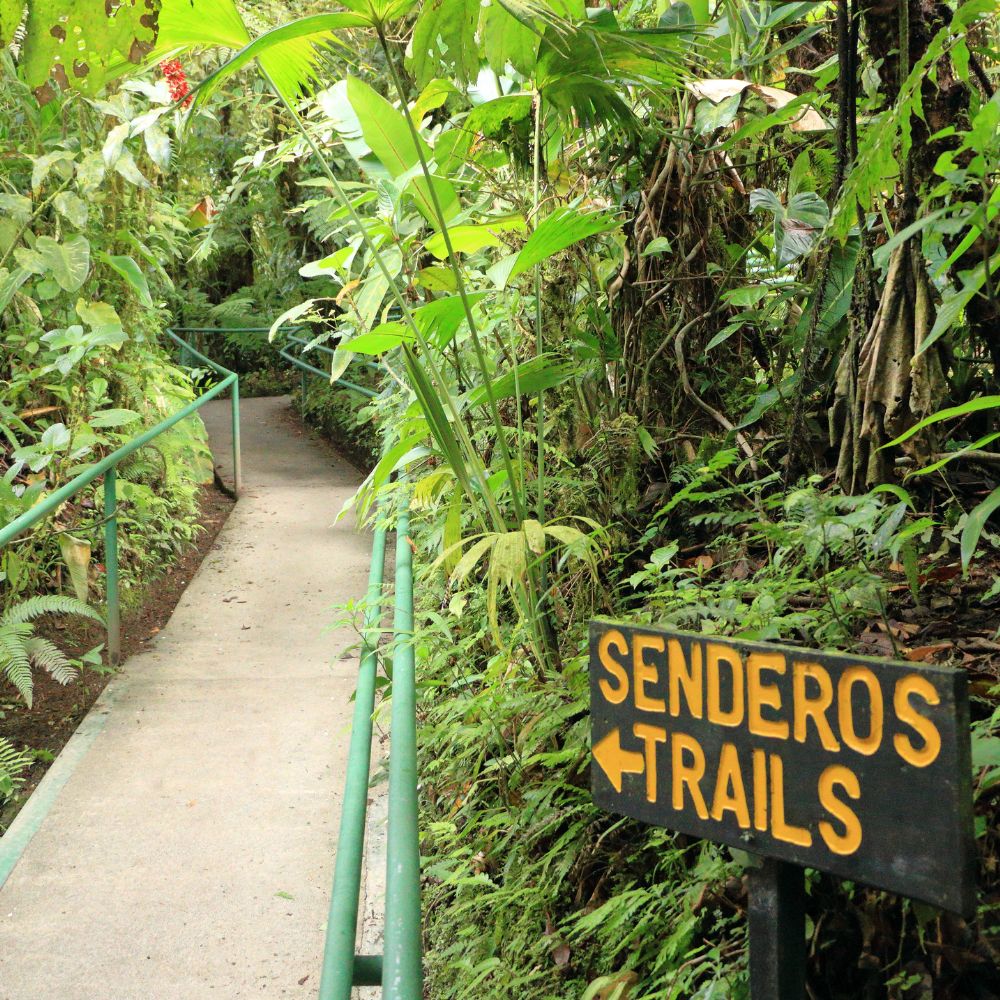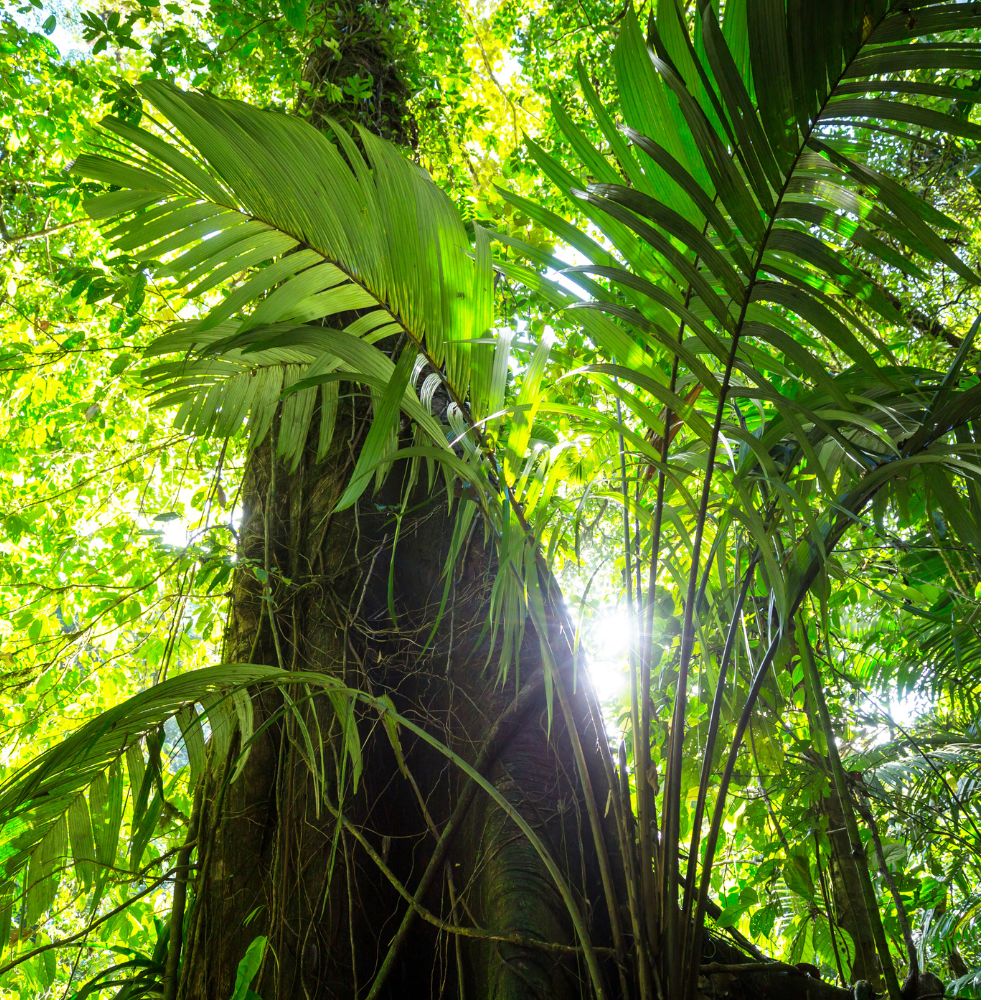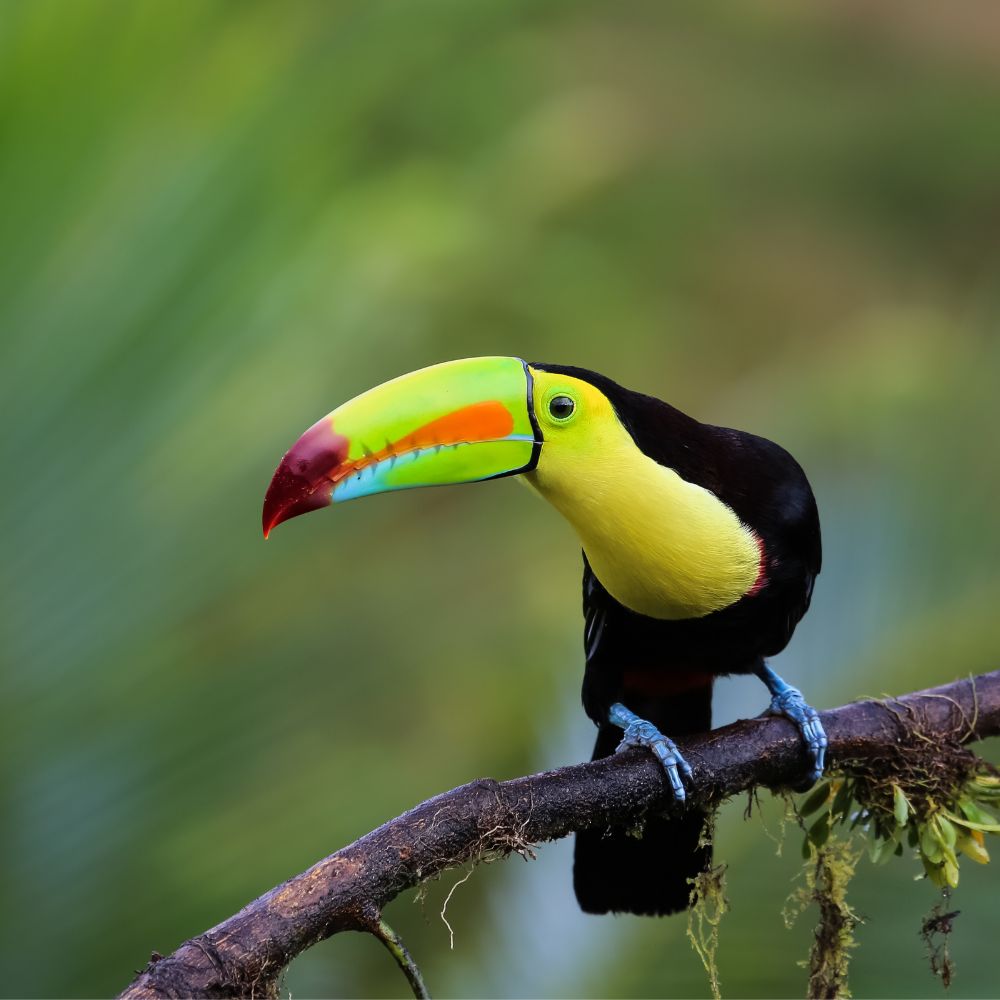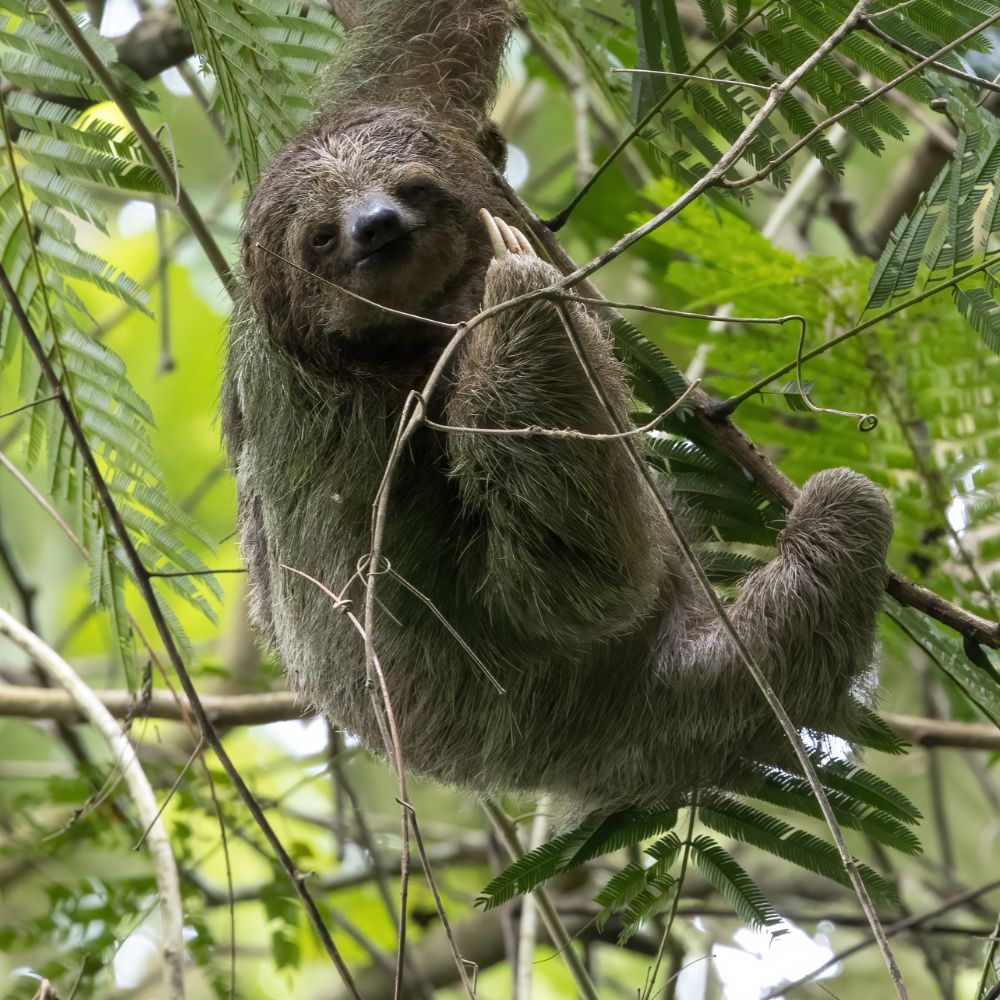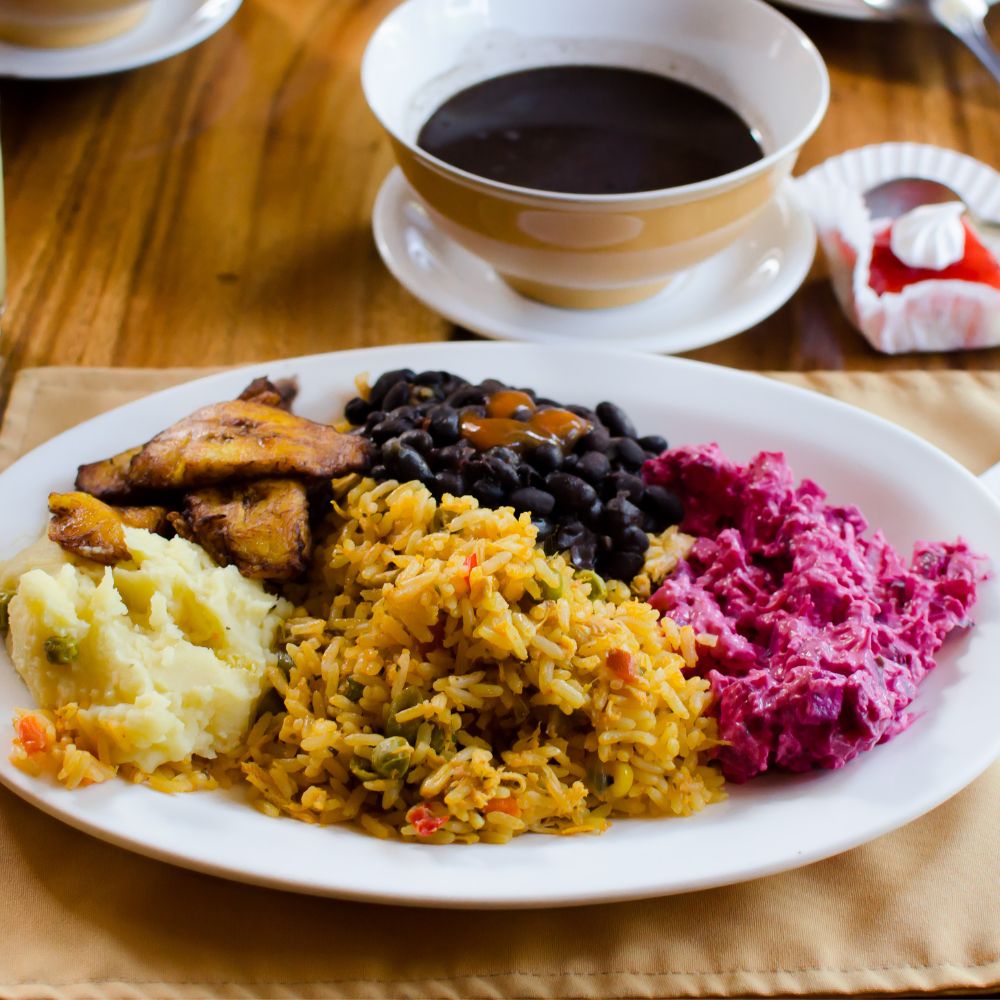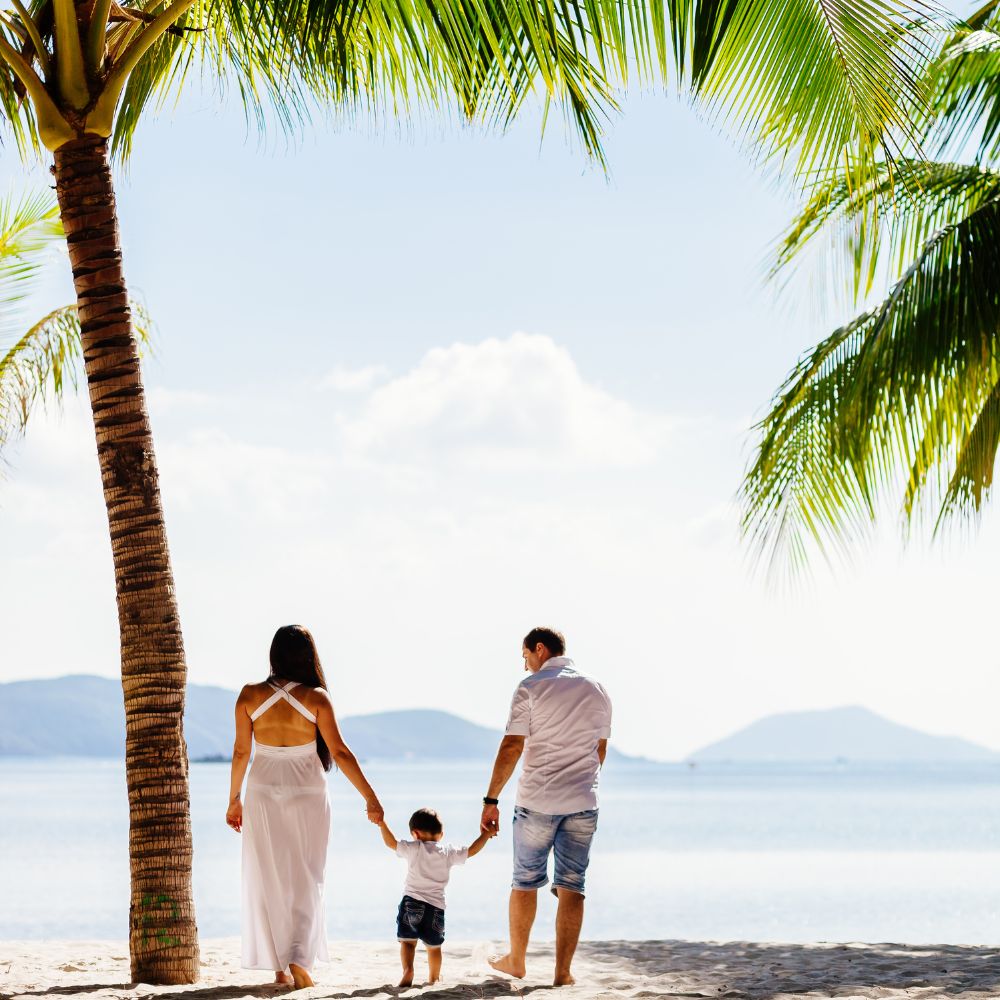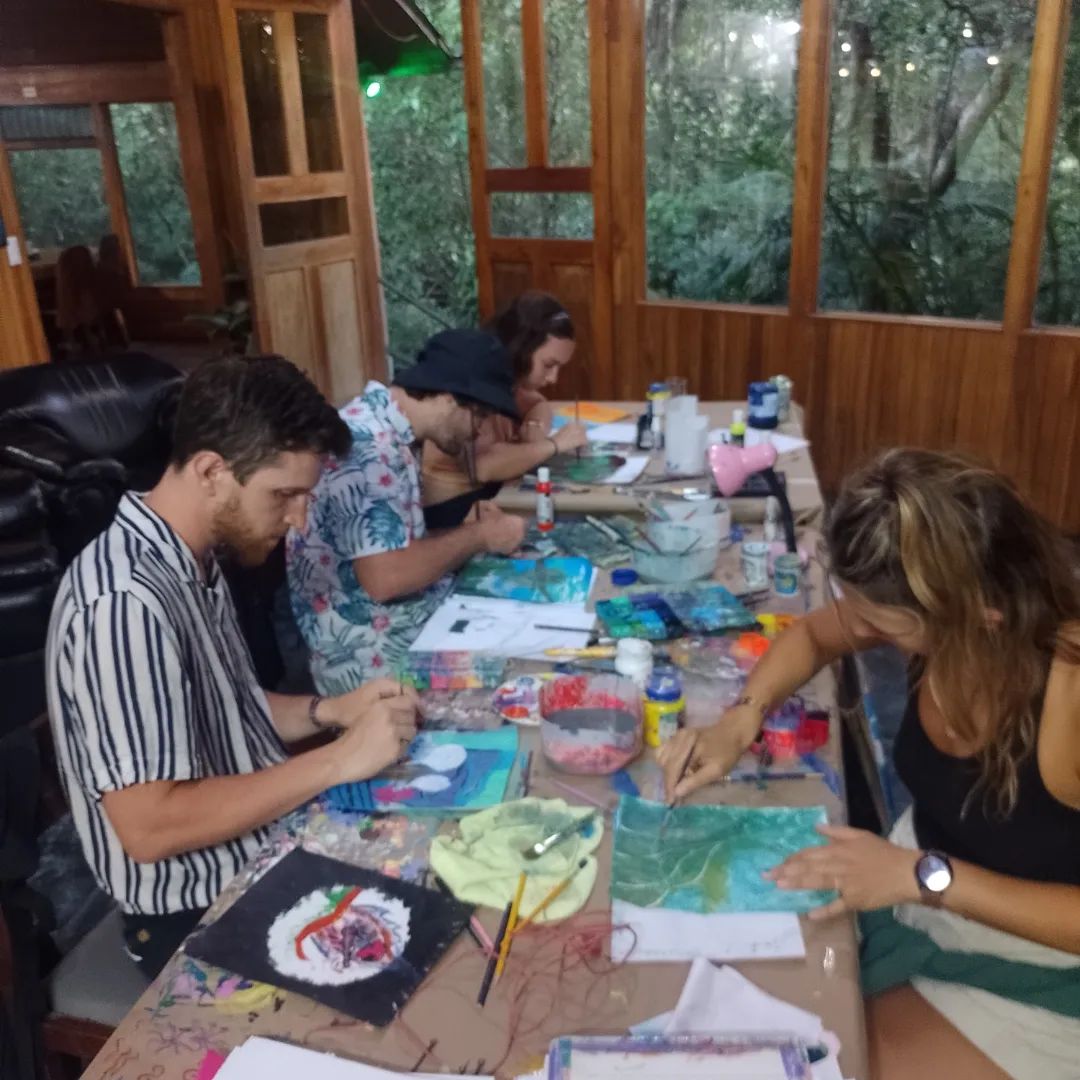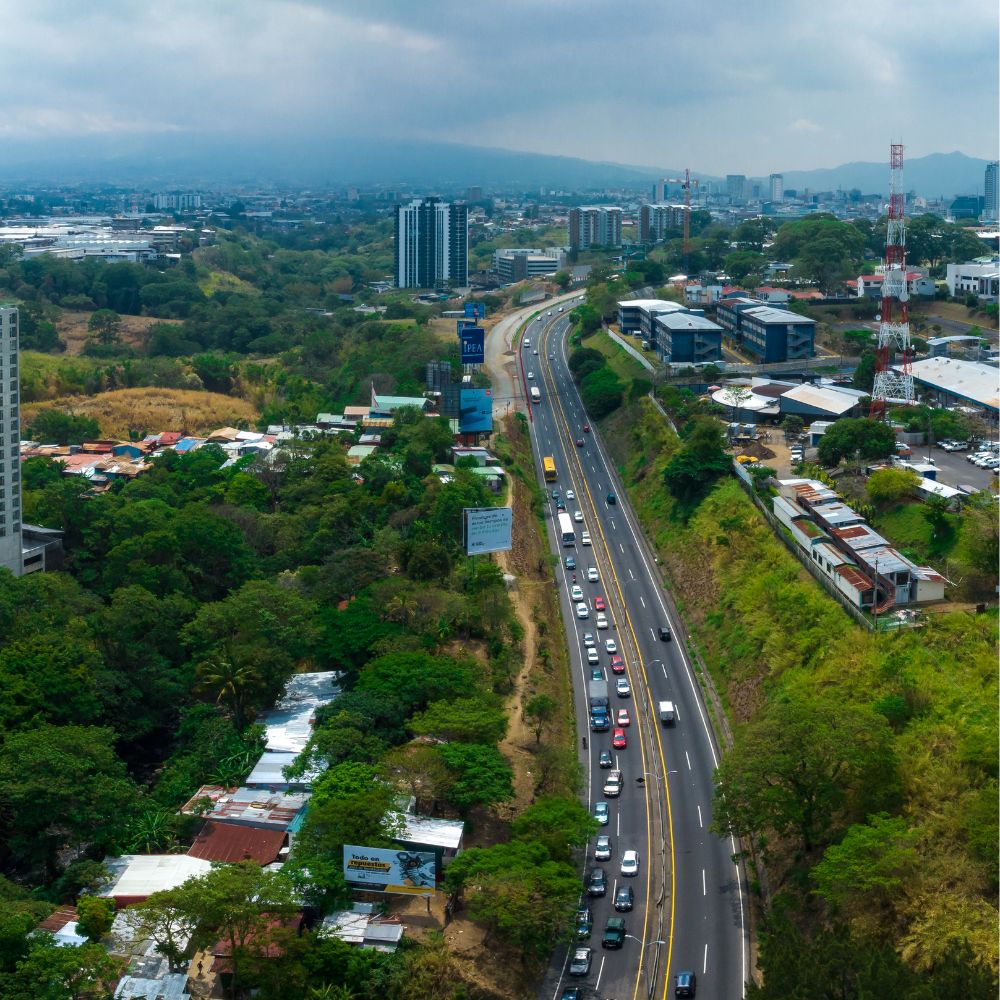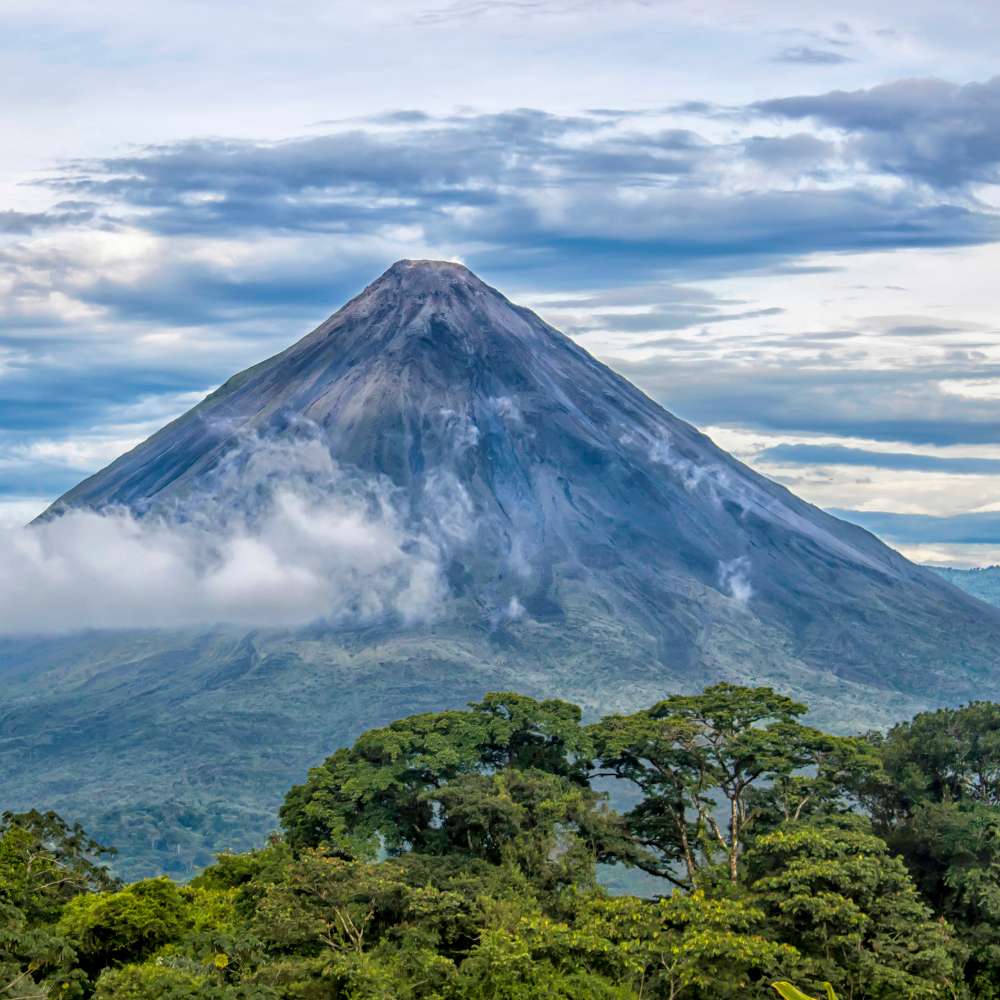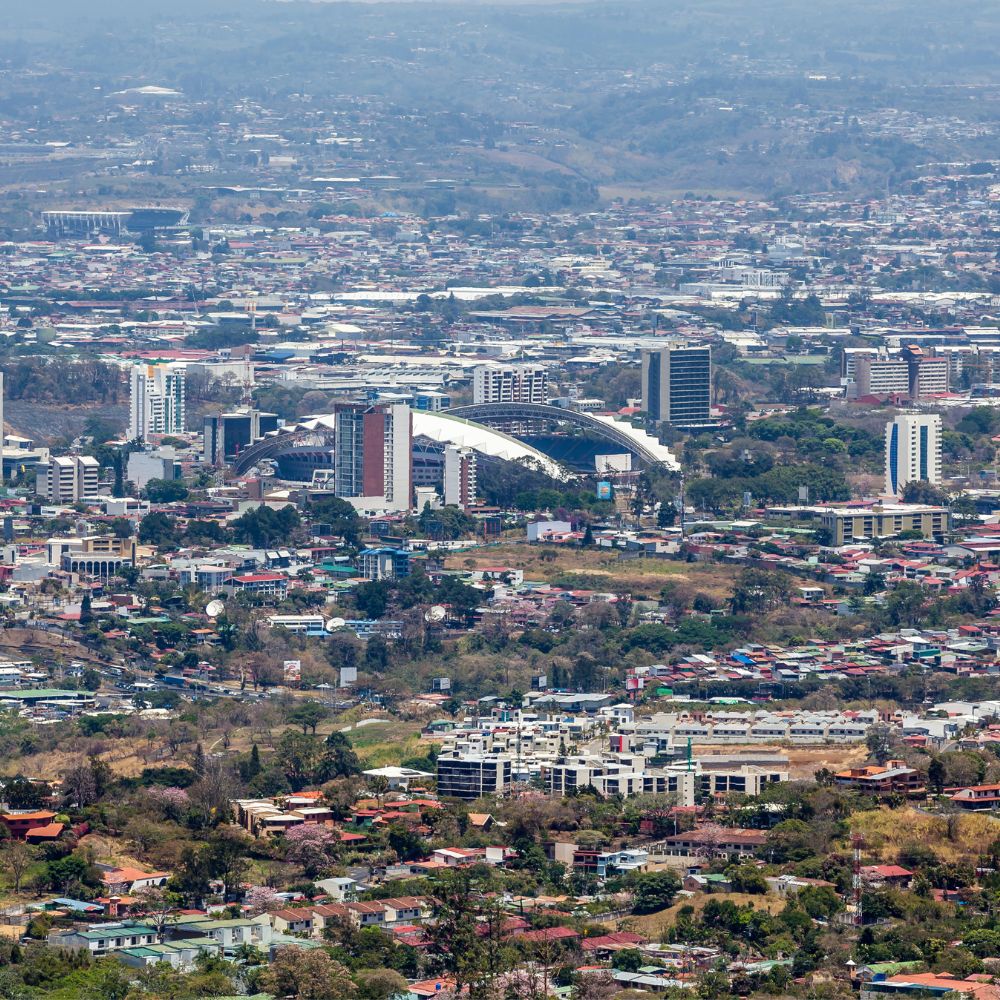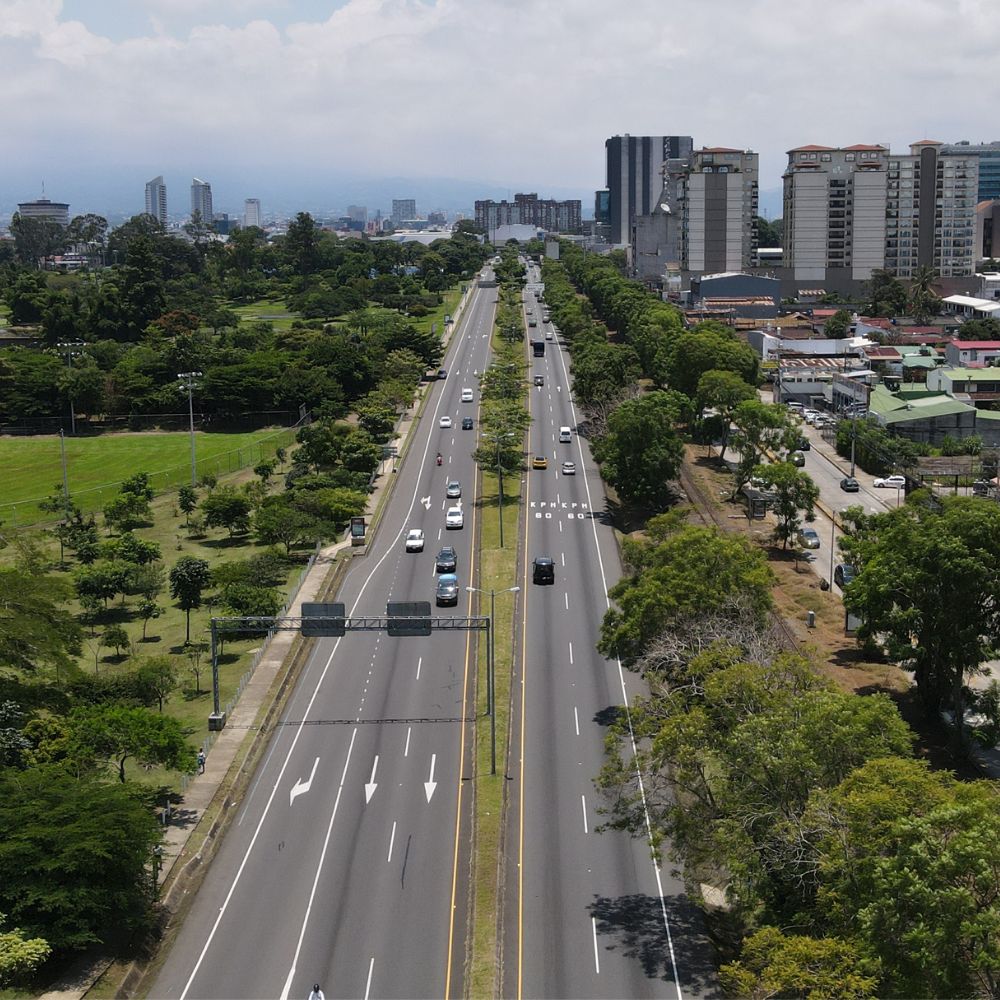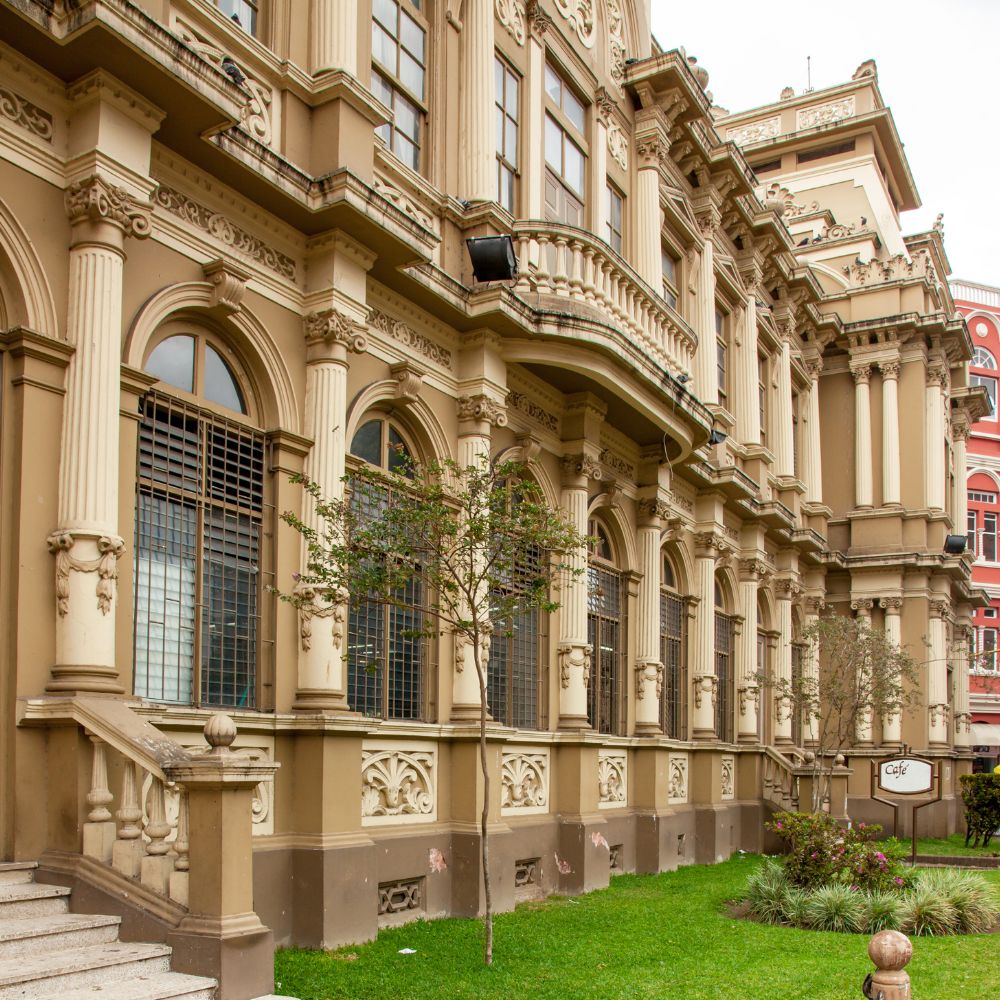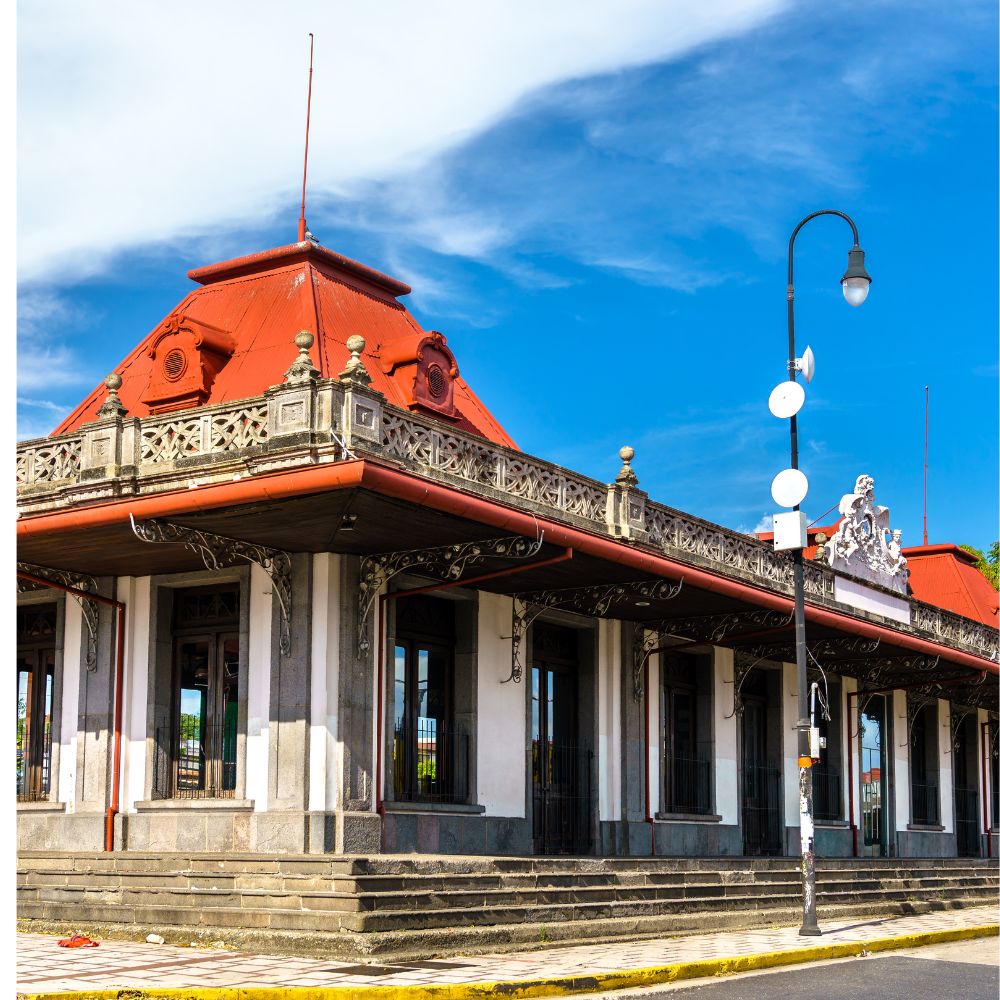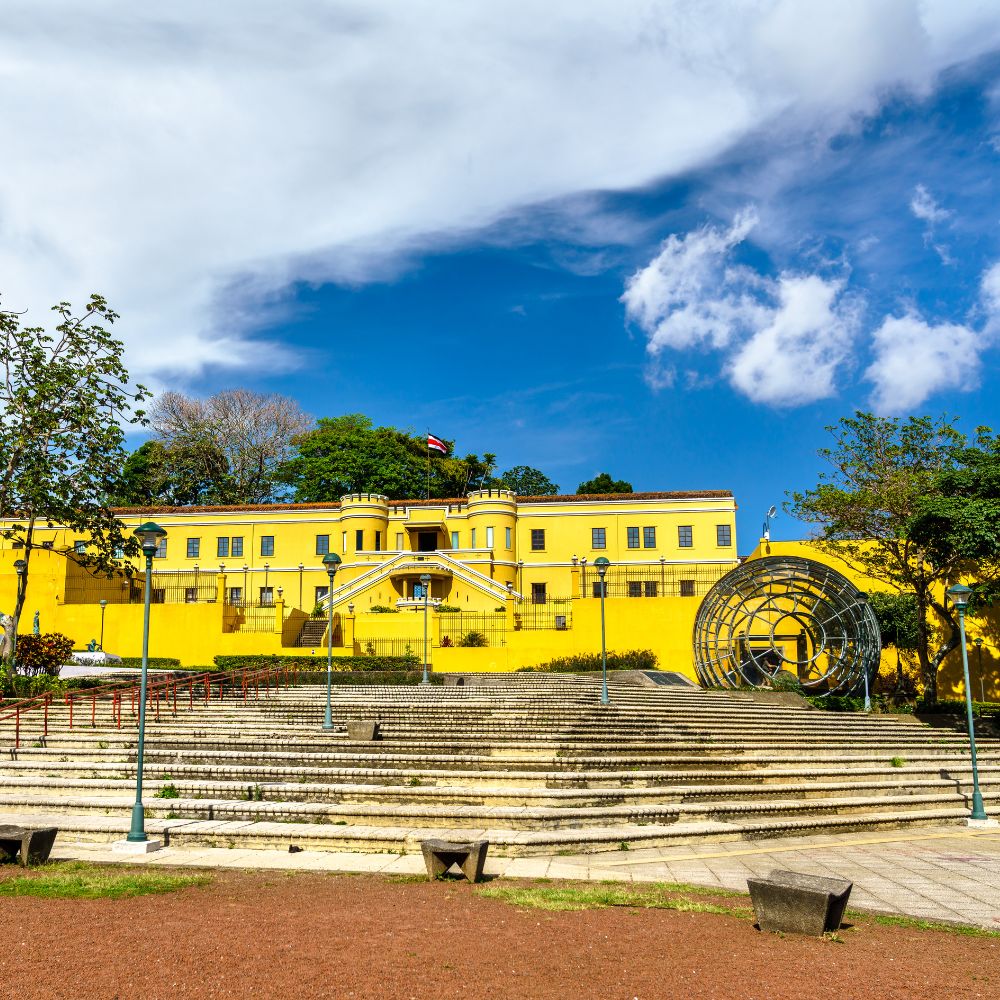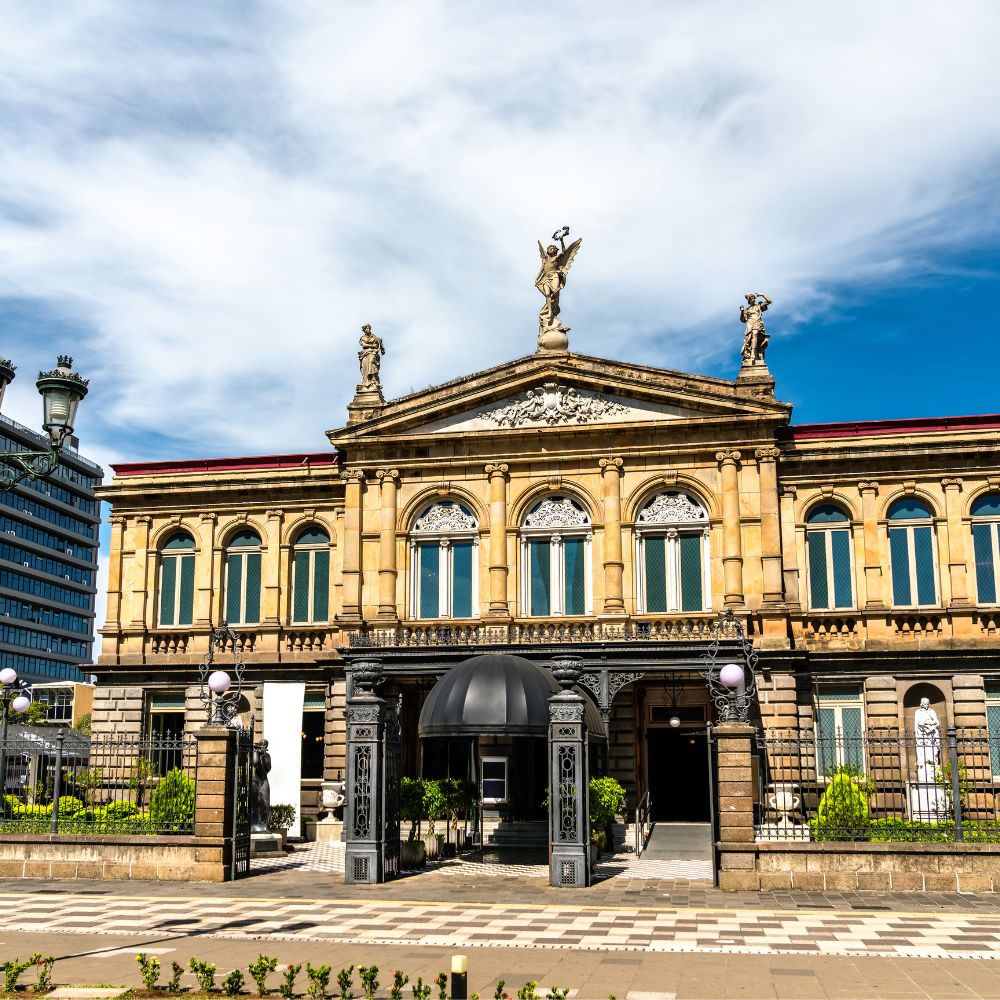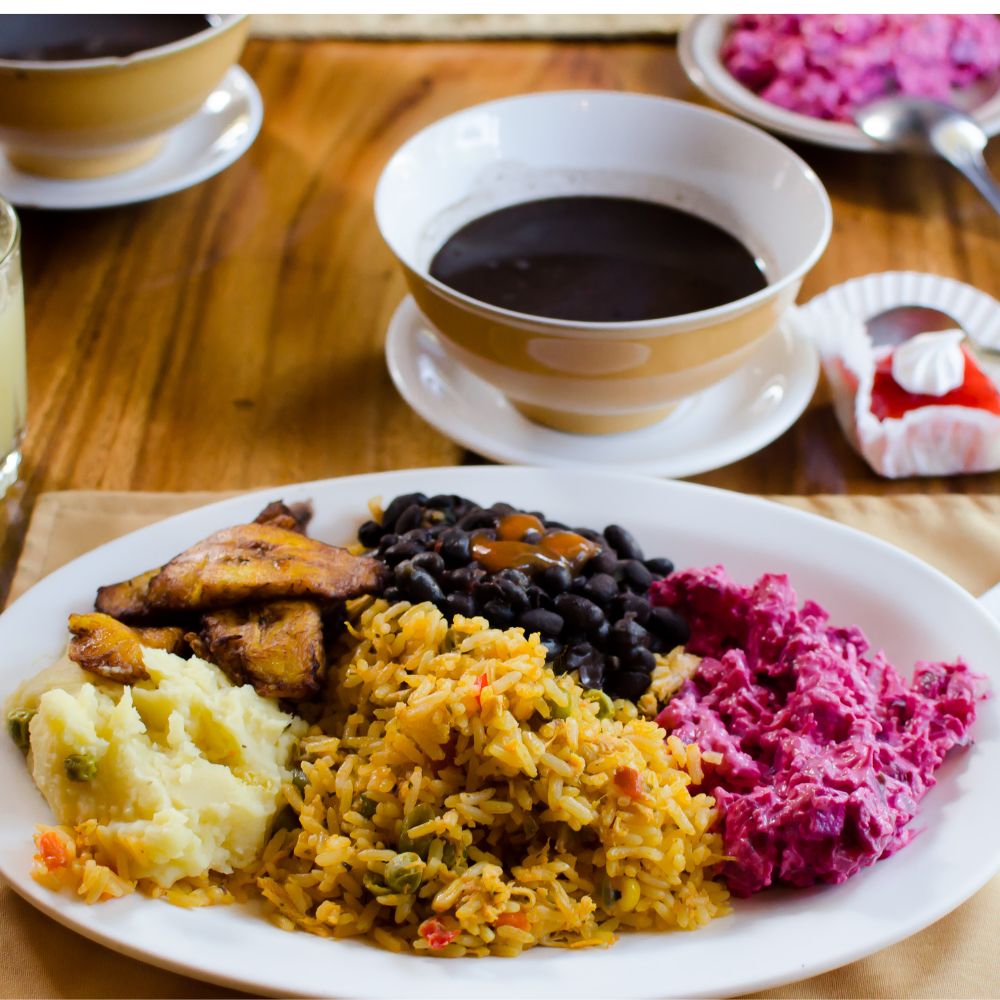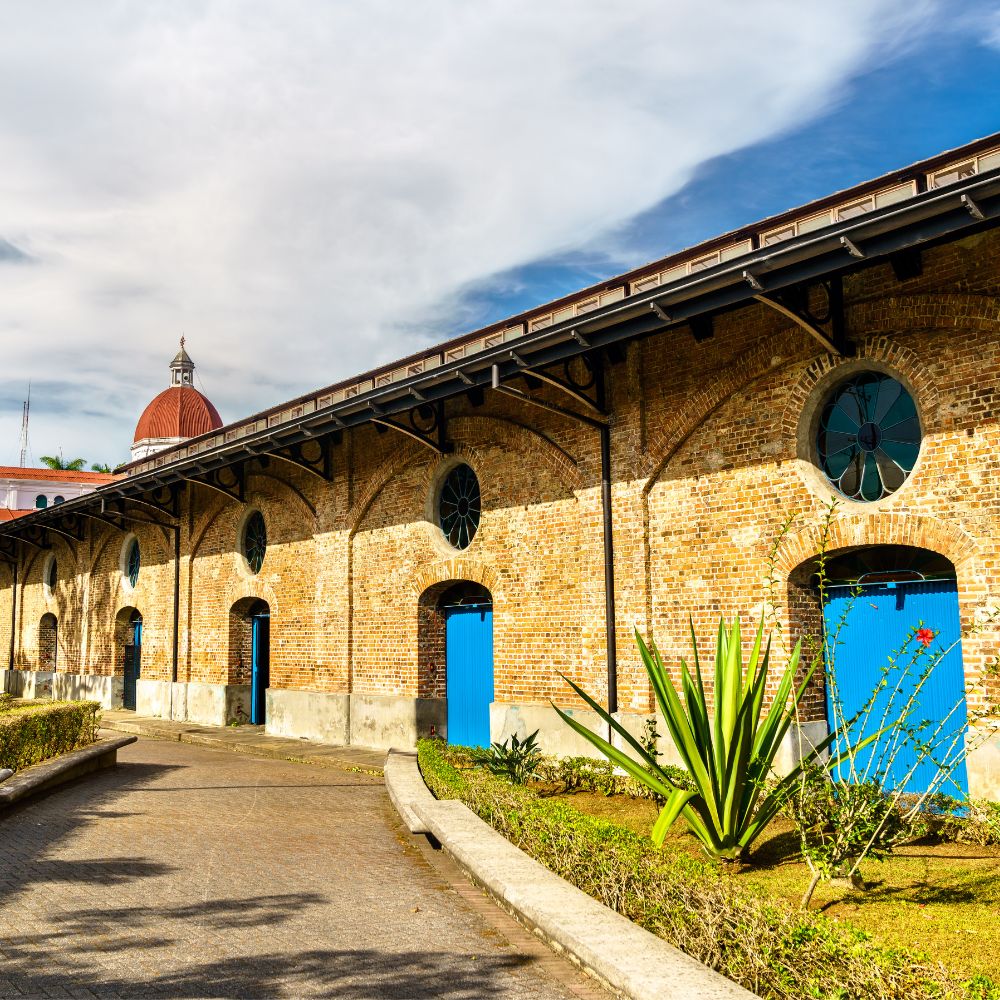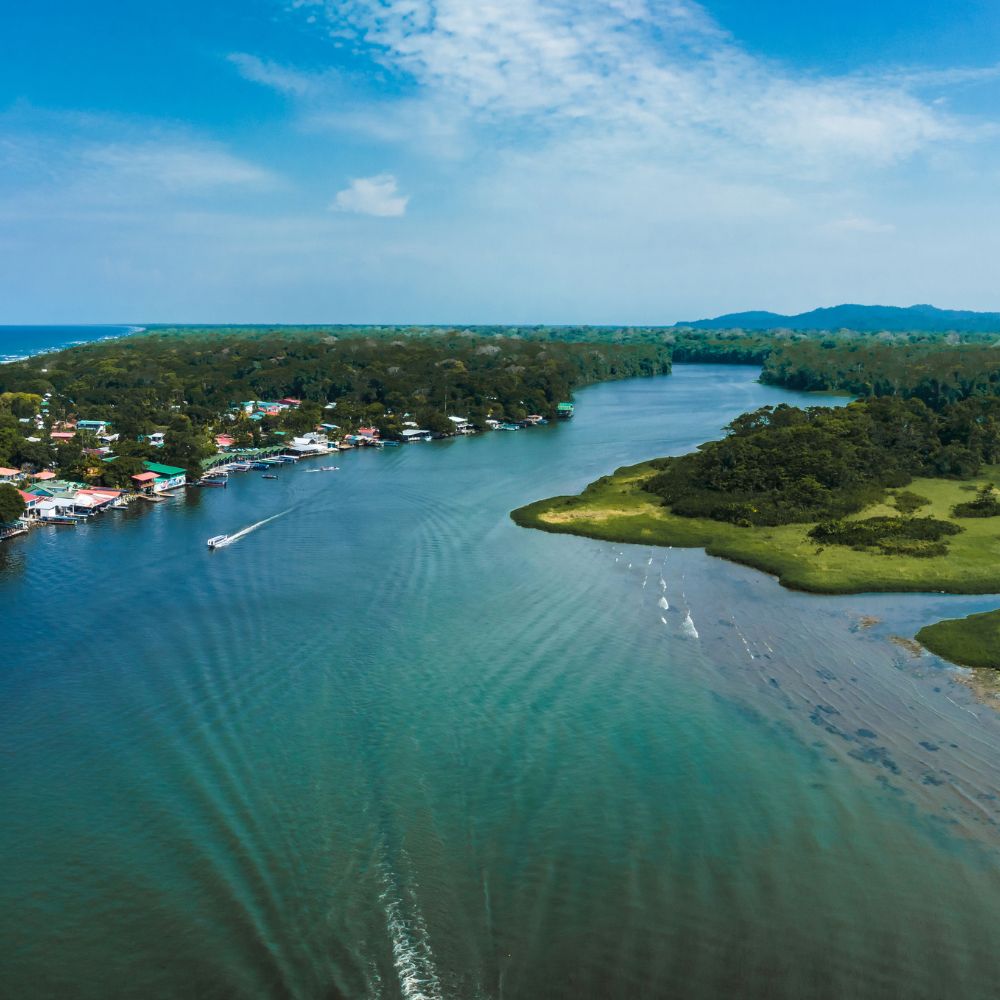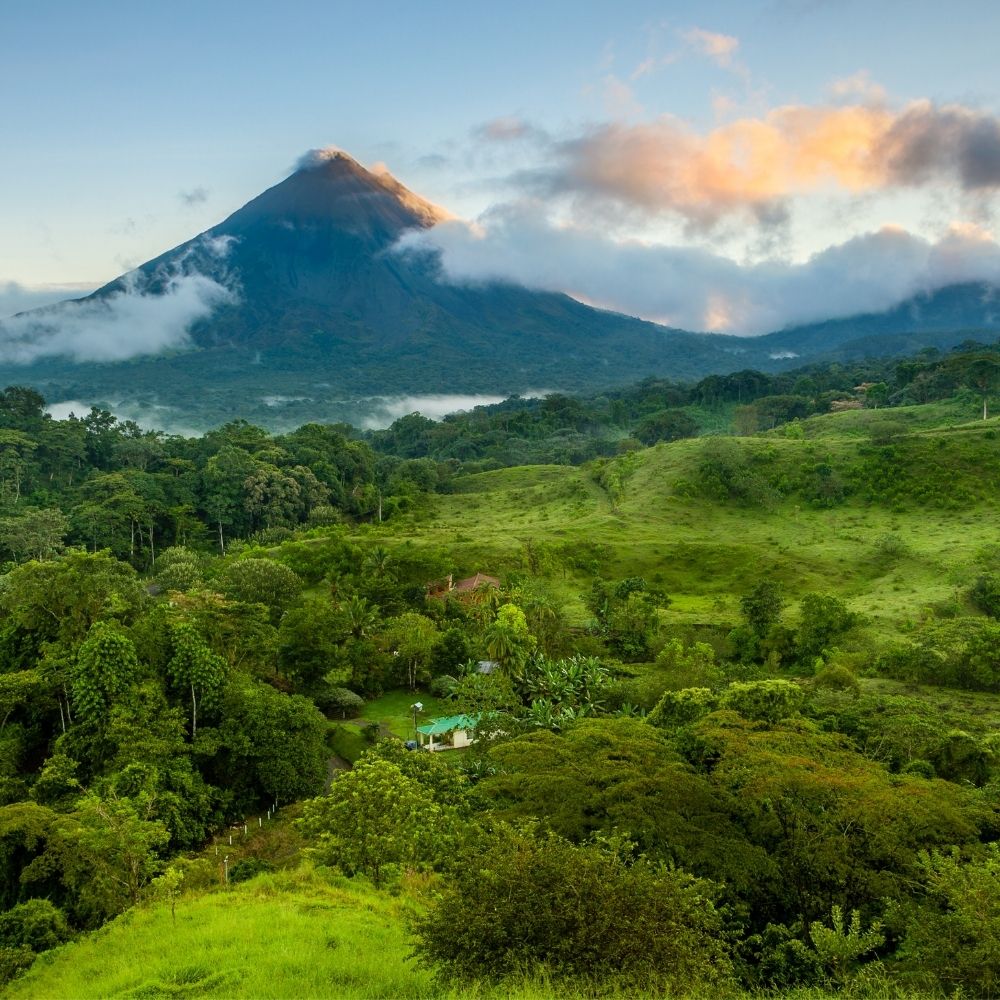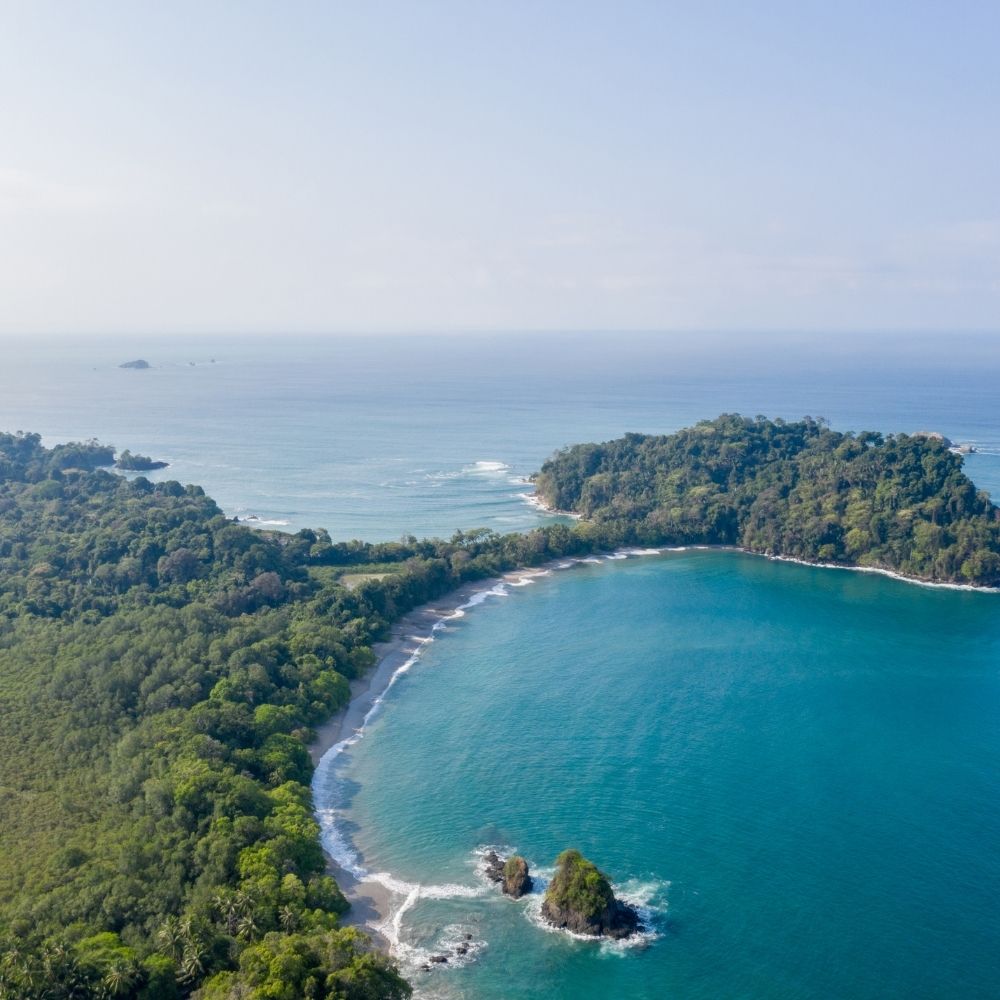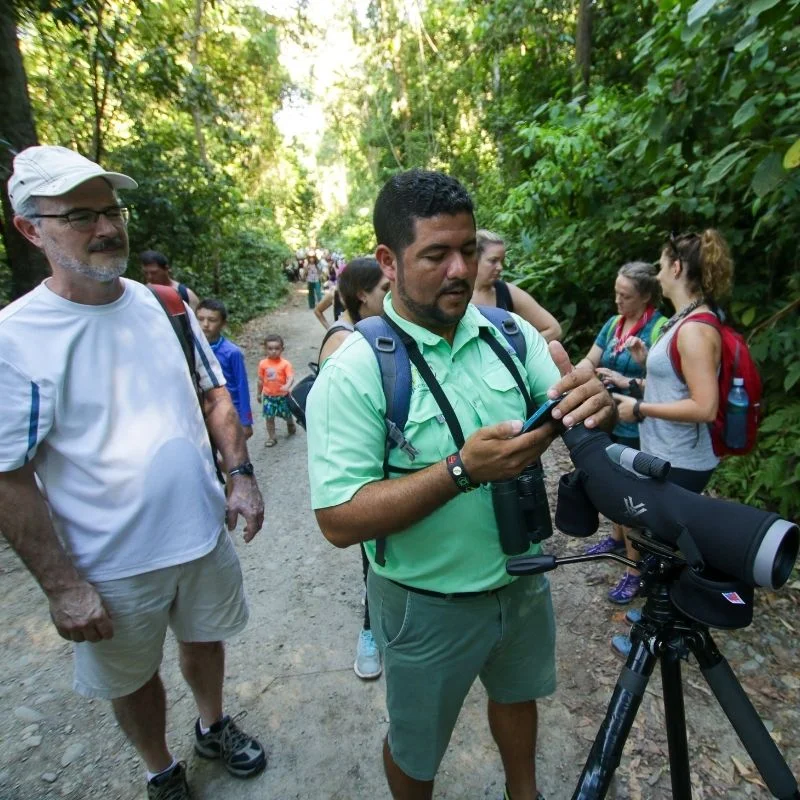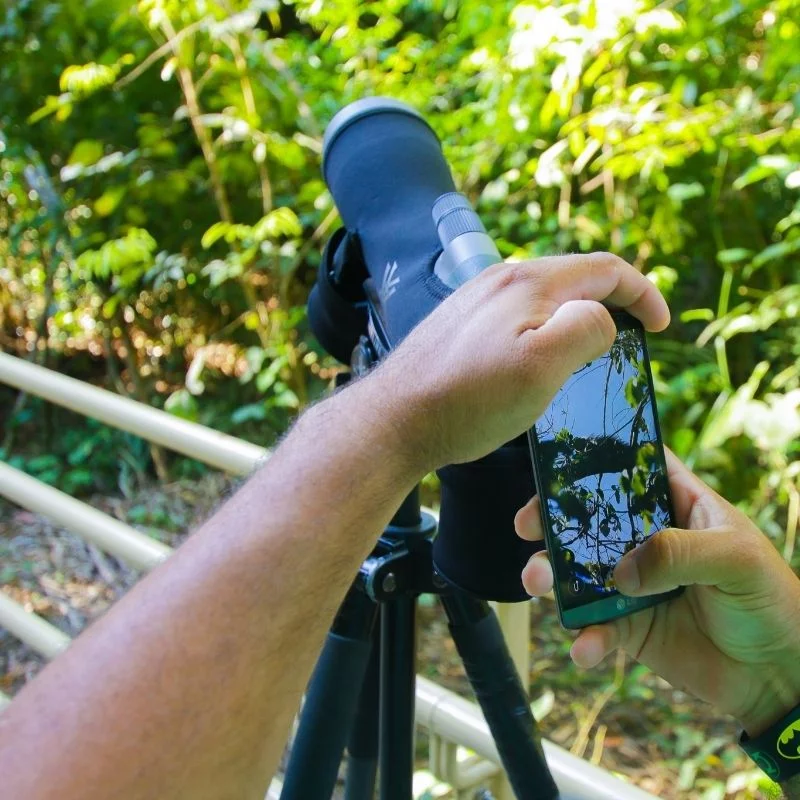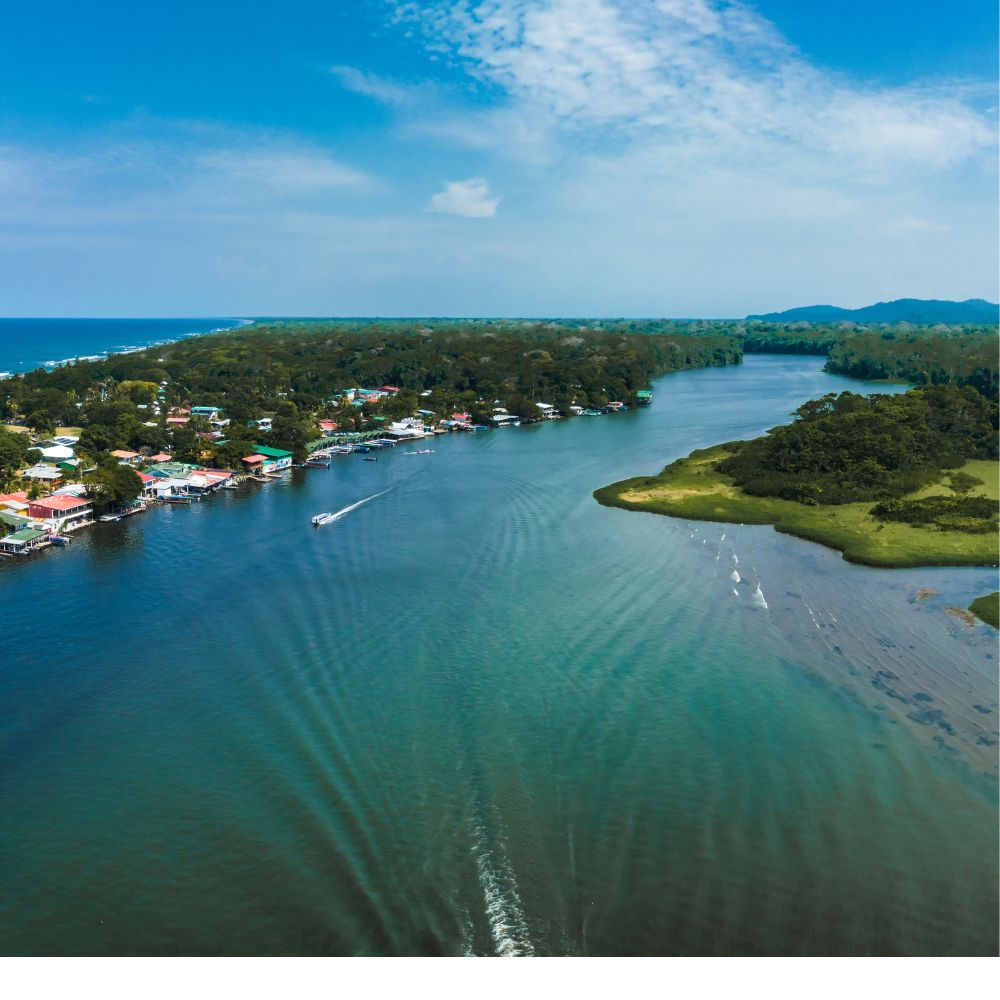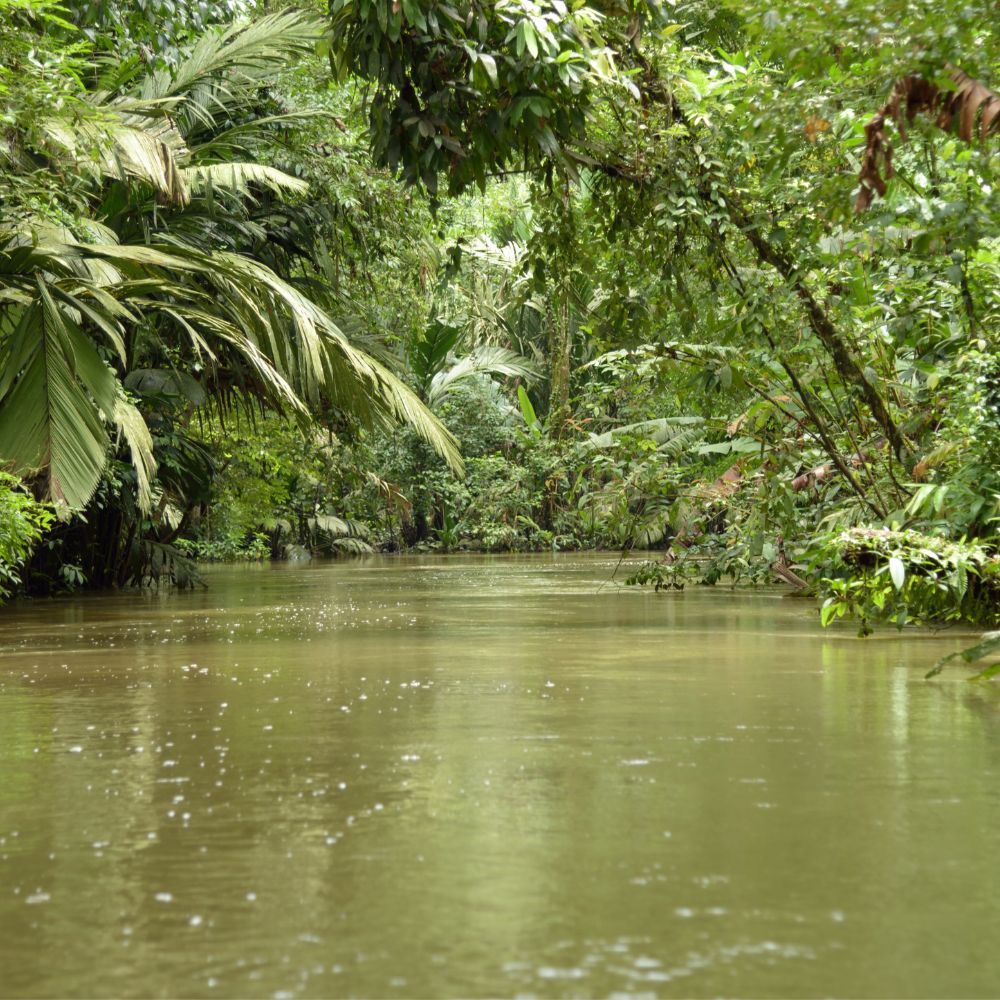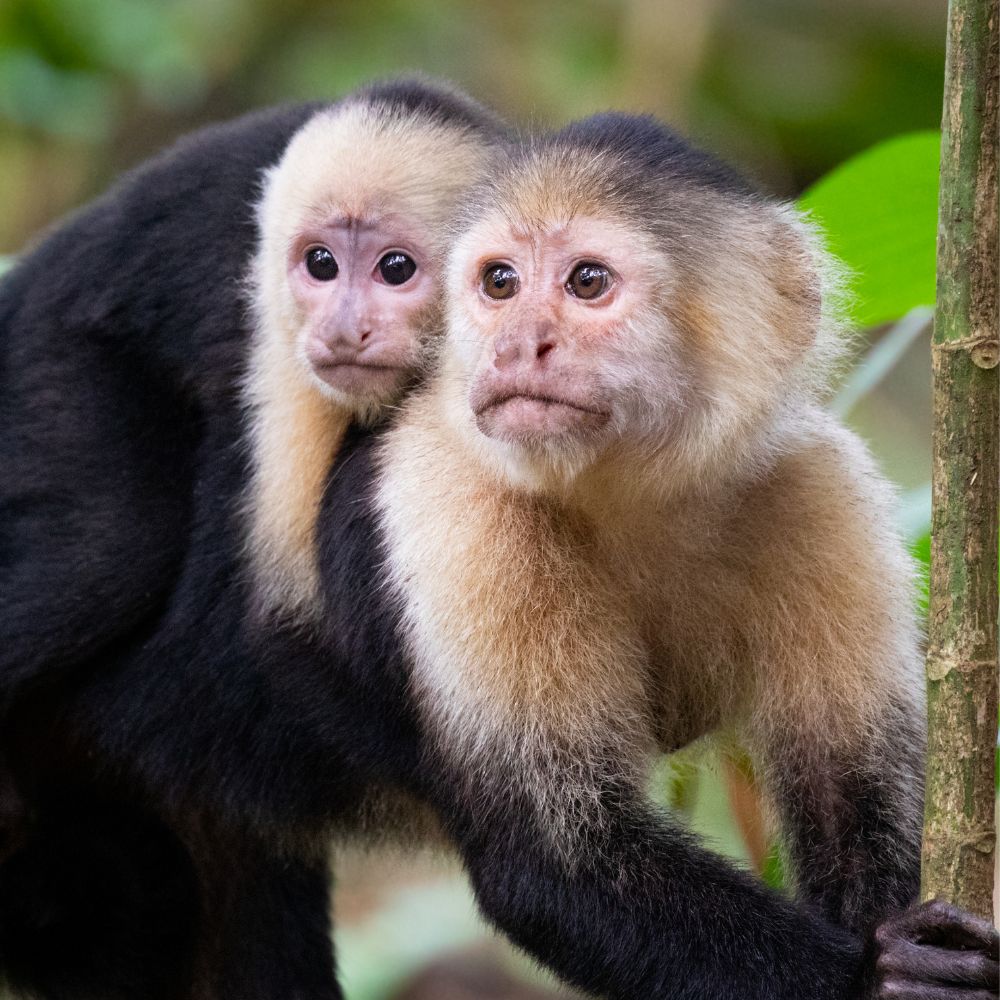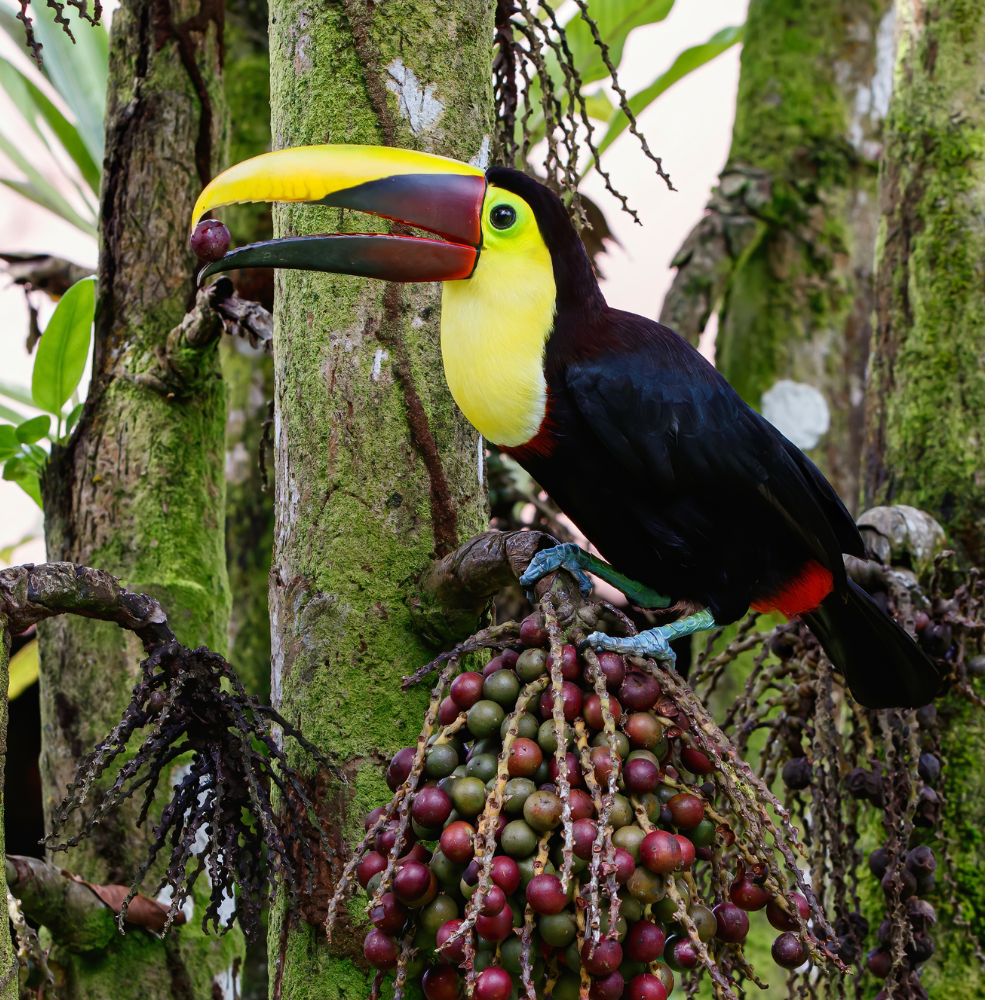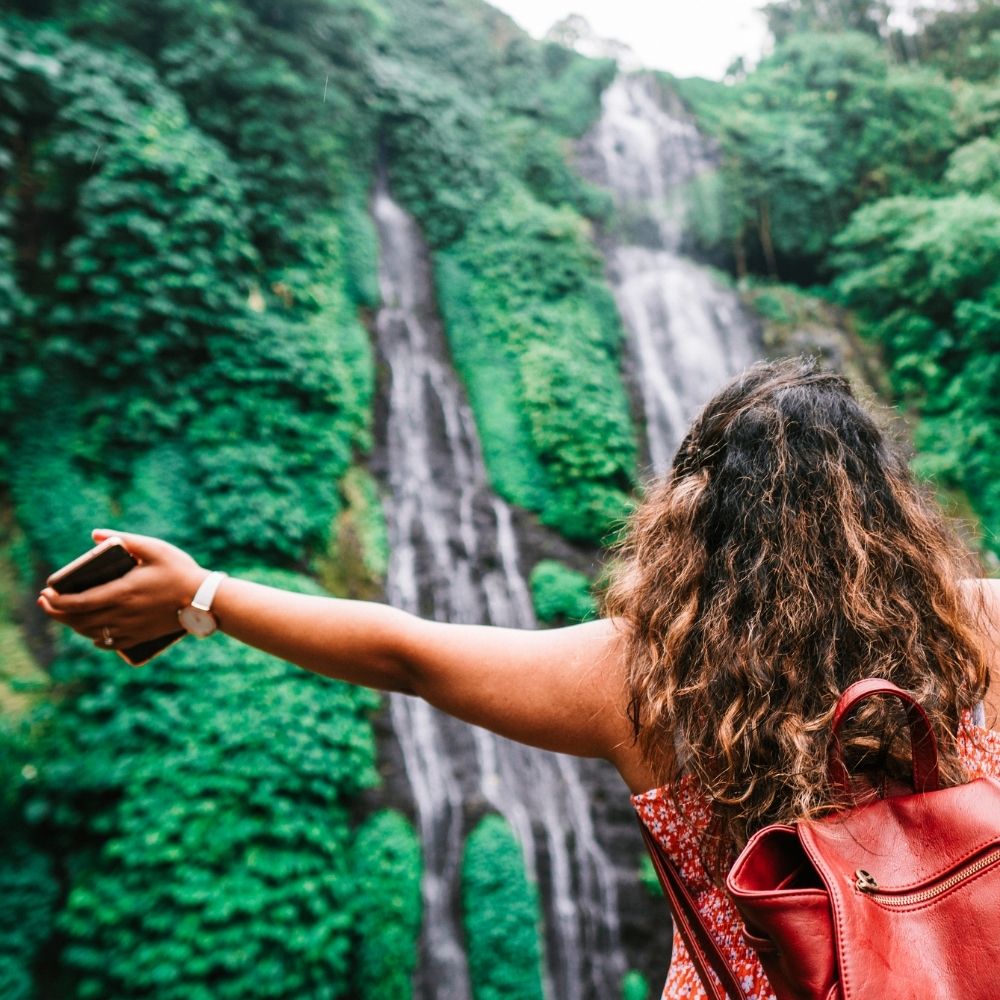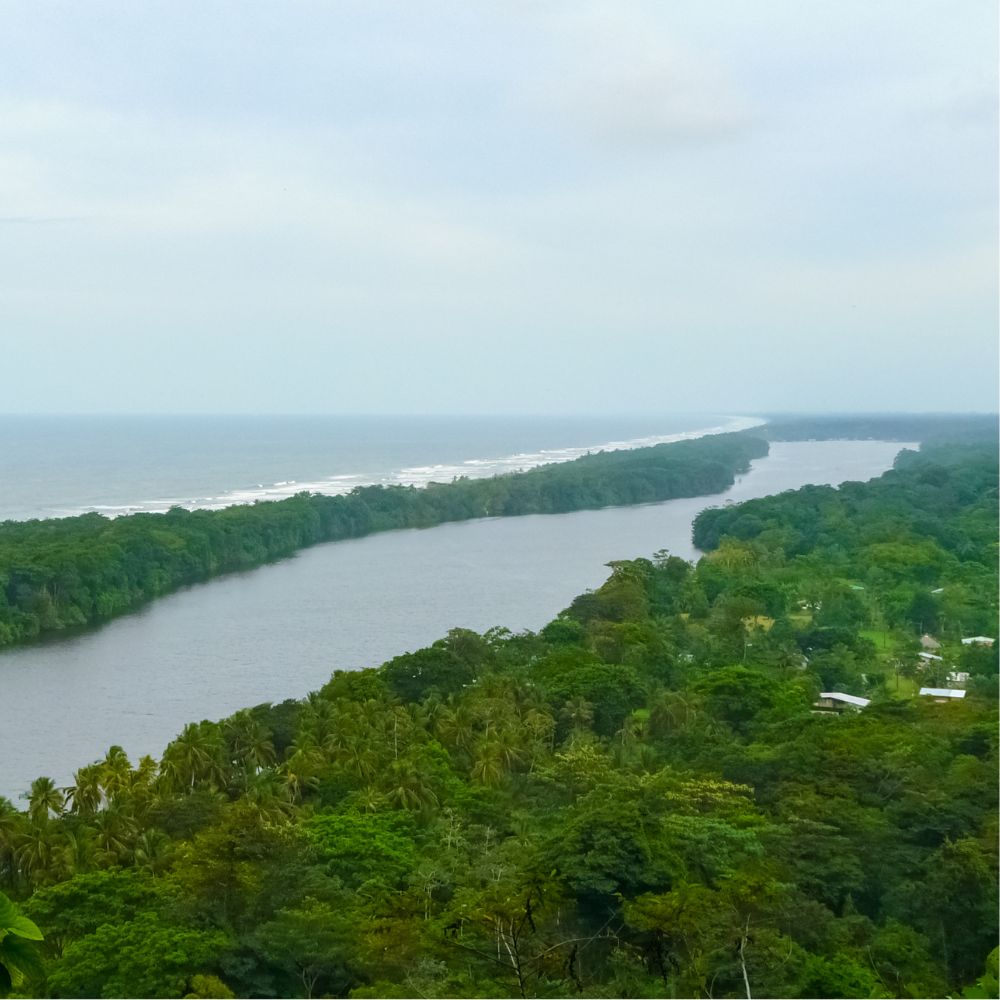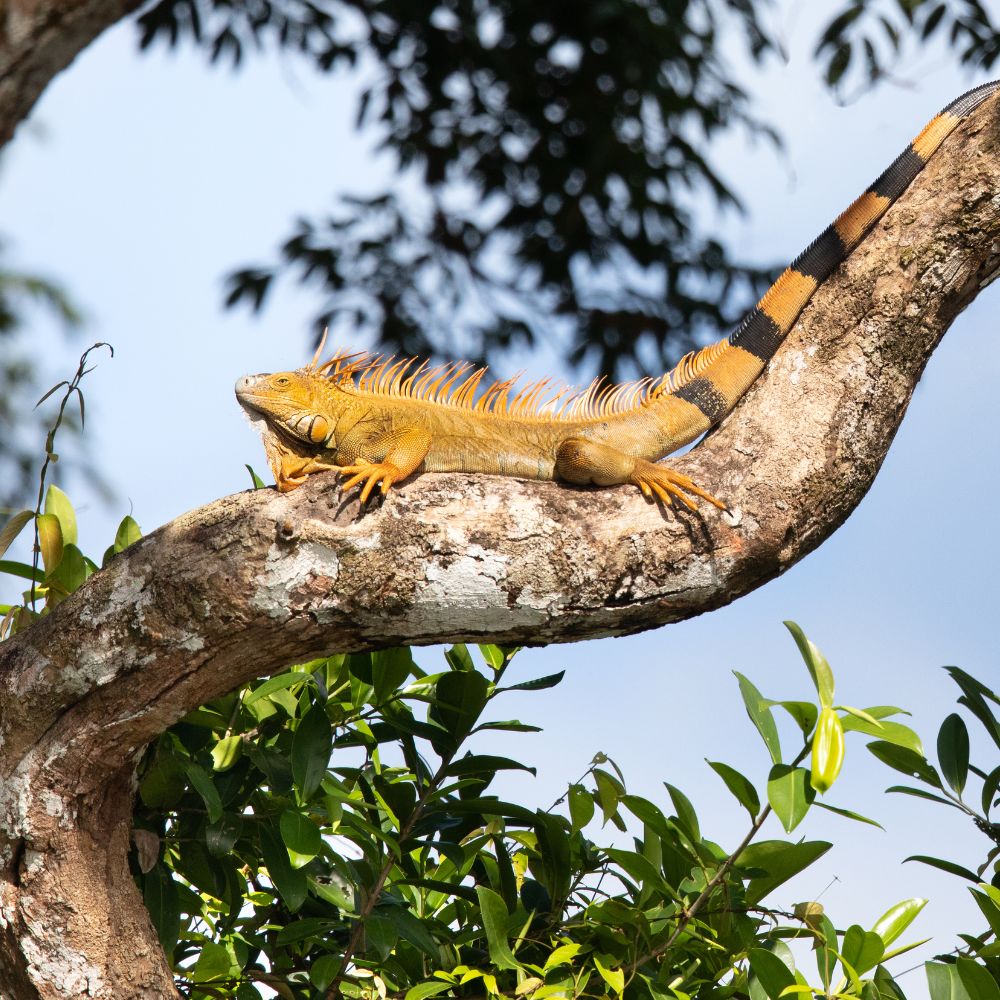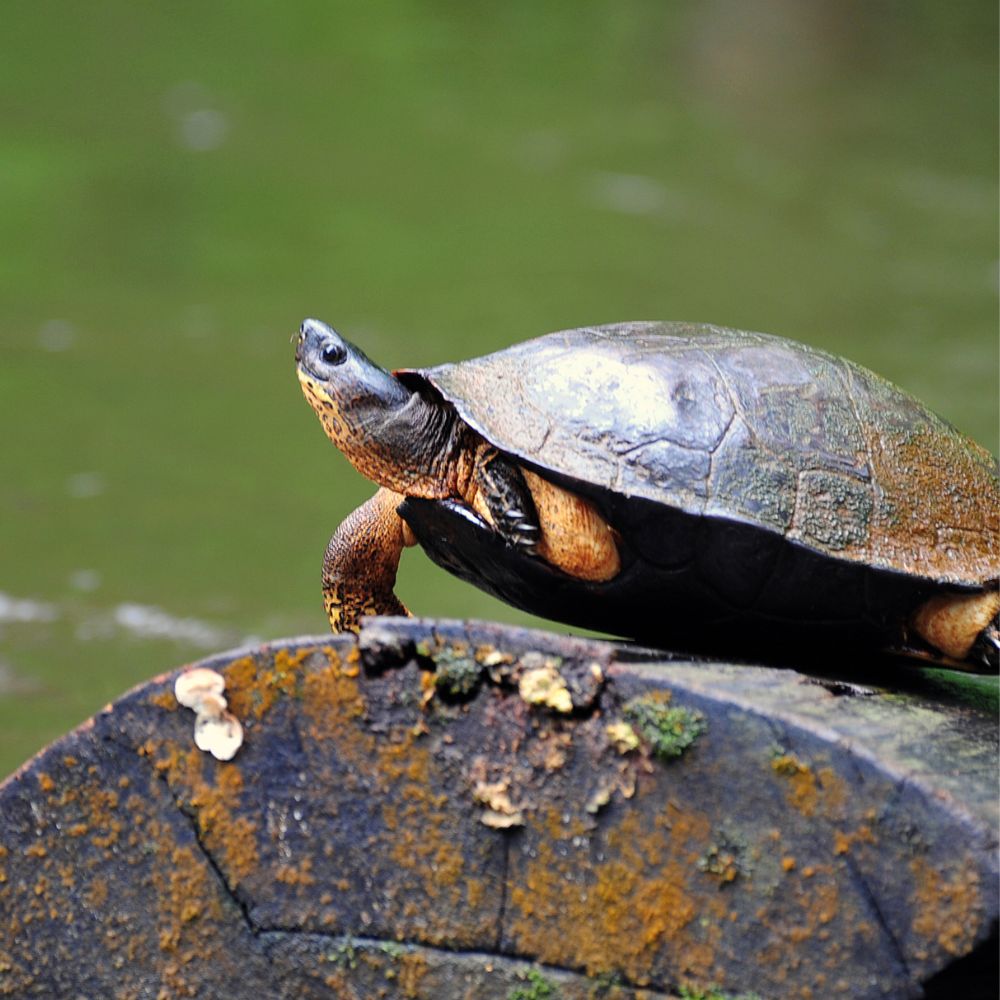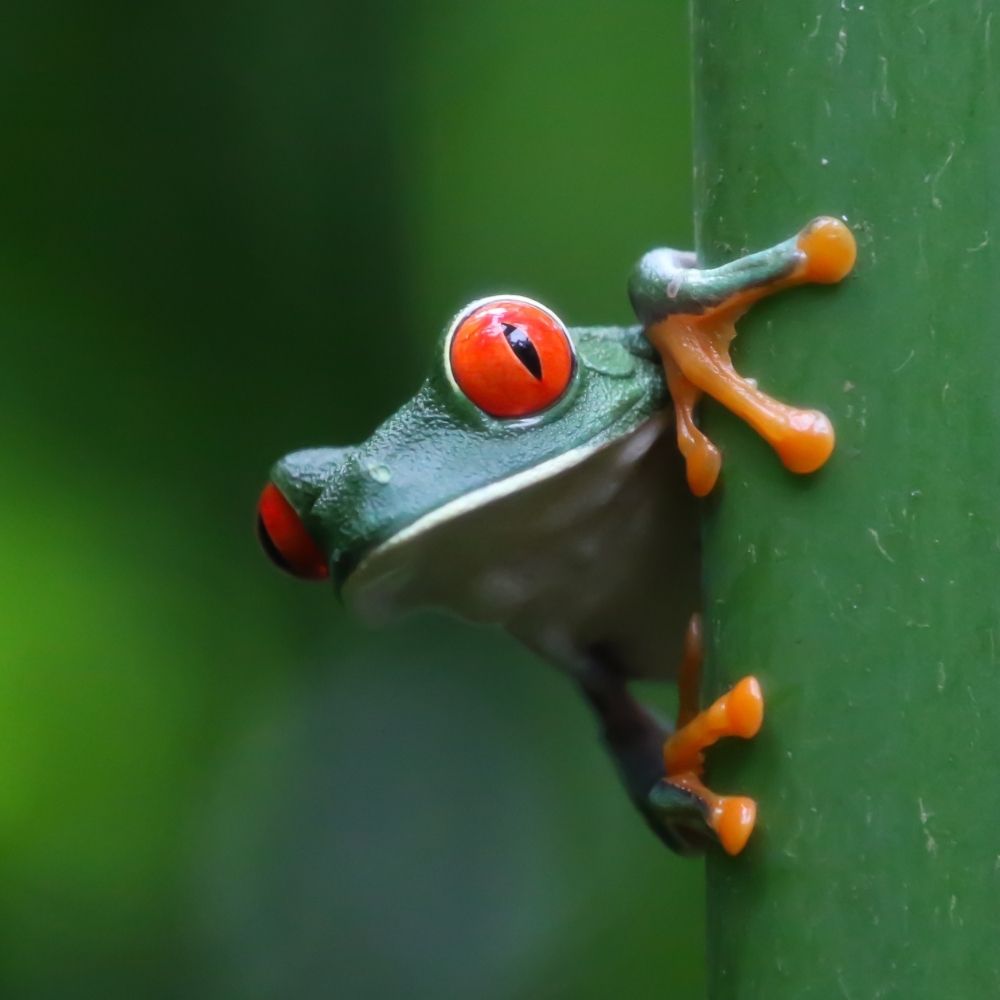Sloths in Costa Rica are the beauty everyone wants to dance with. We never see them enough, and visitors from all over the world come to see them and are amazed by this fantastic, quite slow, and dirty creature. What is the reason for his magnetism?

Like the Mona Lisa, it is probably the smile, perhaps without the clever spark of the painting, but with a softness that is hard to ignore. There is an aura of wisdom around sloths, and somehow it attracts us all.
The fact is that sloths in Costa Rica are the most popular and supported animals of all.
And, of course, another definitive fact is that if you come or are already in Costa Rica, you will want to see a sloth.
Some Data
Let’s talk about them first so that we can understand some facts that will help us find them and know what to do if we encounter one of them:
Sloths are the Neotropical mammals that live high in the treetops, as their diet is based on leaves.
There are two families of sloths in the world: two-toed sloths and three-toed sloths. And these have six species, among which two are found in Costa Rica.
(Despite this universal classification, all sloths have three toes on their hind legs).
They have been around for 64 million years, to be precise.
We all know SID from Ice Age, who is our current version of the great-great-grandfather of all the sloths we know today, in all their different adaptations.
The sloths in Costa Rica are from two recognizable species: the brown-throated three-toed sloth and the Hoffmann’s two-toed sloth.
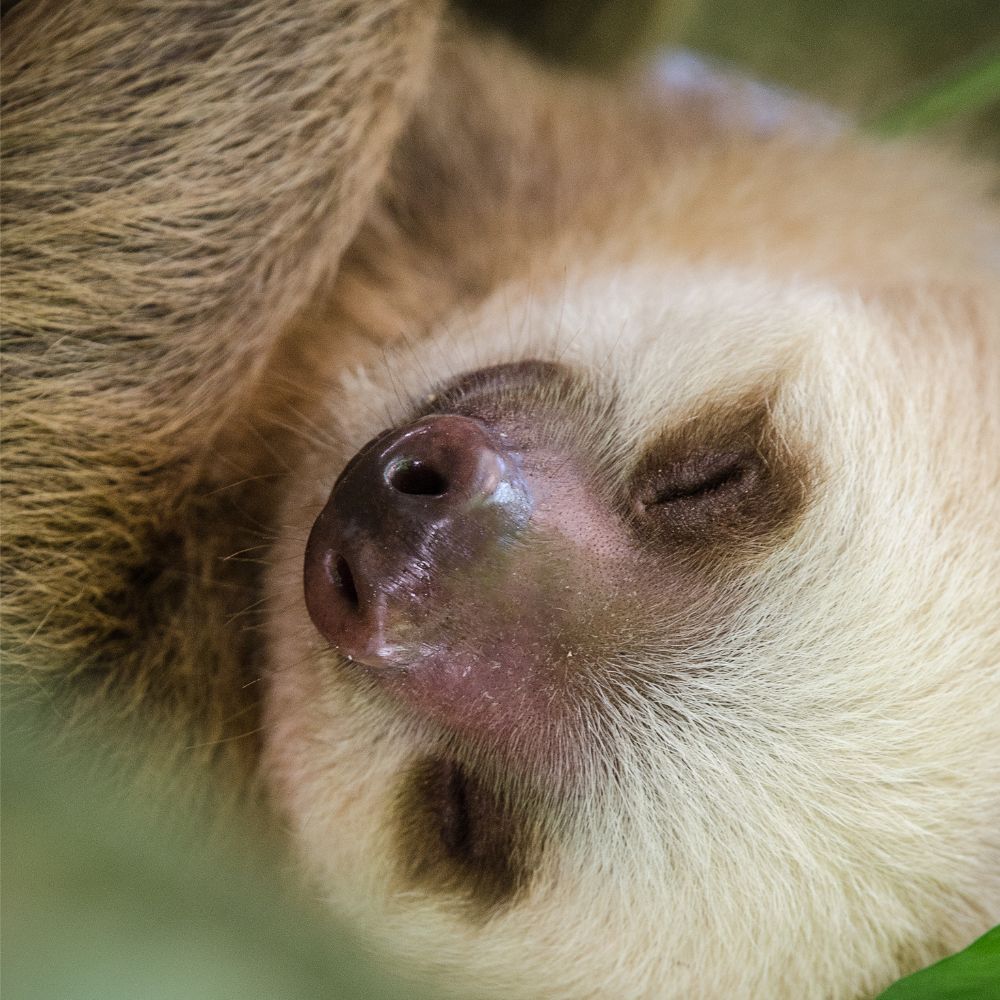
Hoffman’s two-toed sloth (Choloepus Hoffmanni)
The Hoffmann’s two-toed sloth is harder to find, as it is usually active at night. You’ll see it curled up into a ball of fur all day long, typically covered in leaves.
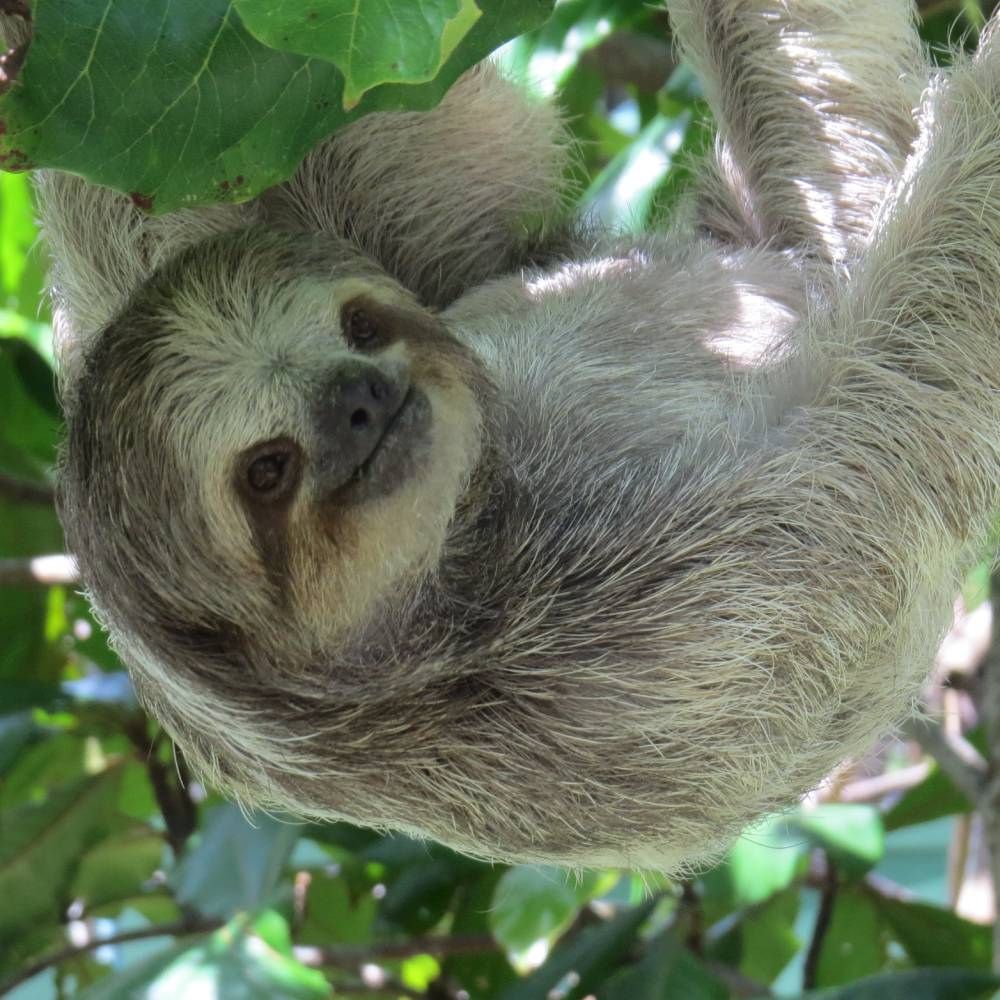
Brown-throated Three-Toed Sloth (Bradypus abigarraus)
The most well-known sloth in the world is the Brown-throated Three-toed Sloth. They are smaller in size than the Hoffman sloth, as they are a bit more active.
Why are sloths so slow?
The slowness of sloths is key to their survival. Far from being lazy, and despite their name, sloths are very efficient in energy maintenance, and it has to do with their diet.
Sloths are slow because of what they eat: twigs, leaves, and flowers, which are low in energy and lack much of the required nutrients—ssuch as fats and proteins—ffor a well-balanced meal.
However, this characteristic also helps them survive in the forest, especially in natural situations.

Generally, herbivores that eat leaves, twigs, and flowers from trees have very complex digestive systems that allow them to digest cellulose, among other substances. In the case of the sloth, although it has a complex digestive system, it compensates for its small size with a great energy-saving system and temperature regulation (yes, like reptiles).
Where to find sloths in Costa Rica?
That is the key question… Isn’t that so?
Of course, we can make it easy by saying “in the jungle.” However, no.
Sloths are difficult to spot on a trail in a dense rainforest (unless they’re down in the toilet). Remember that in the jungle, survival is the main objective of any living creature; the superpower of sloths is invisibility.
Any tour guide in Costa Rica will tell you that the best place to see a sloth is actually the road.
Yes, on the road.
The roads in Costa Rica are usually lined with trees, and some of the most common are the Cecropia Trees.
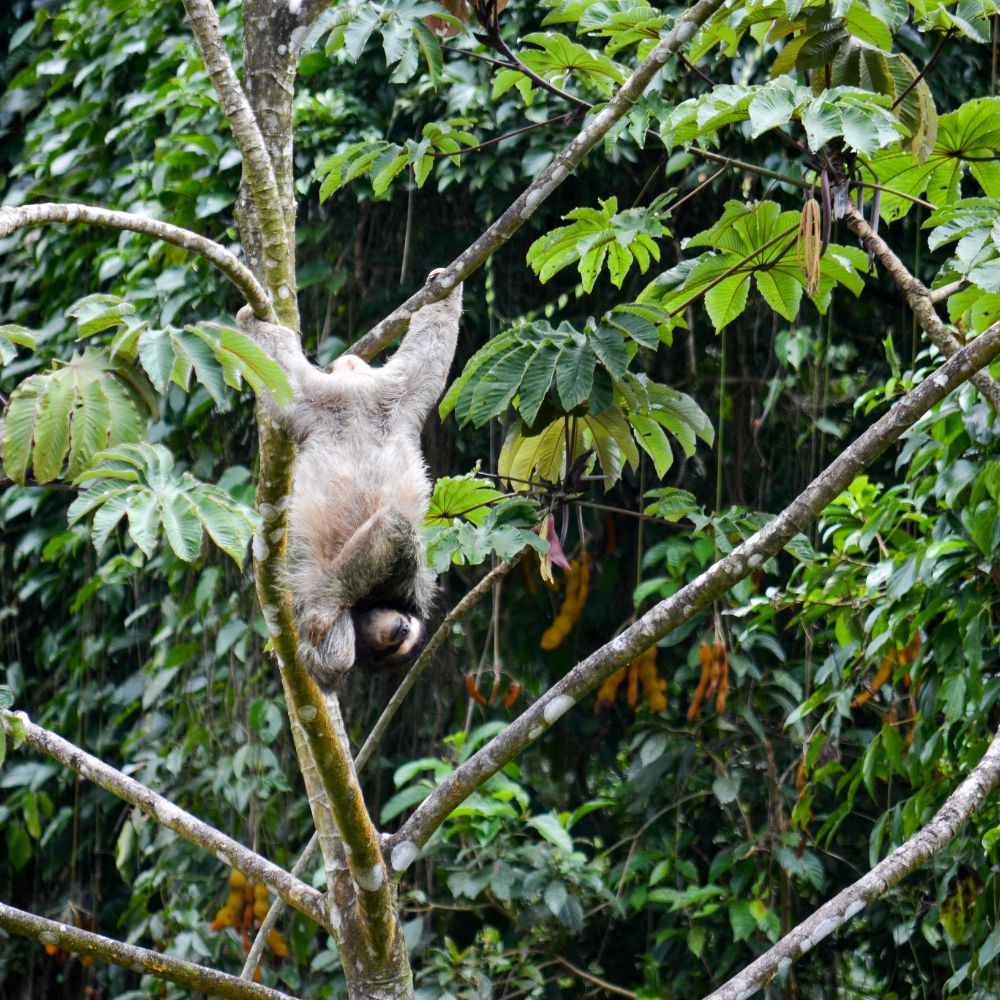
You can spot a sloth from a distance if it’s in a cecropia. And this is simply due to the shape of the tree, which has large and very large leaves with very long branches devoid of other vegetation.
However, when it comes to seeing a sloth on the road, as it may happen and you might see it, it is also very possible that you might not.
And, on the other hand, nowadays, and due to the risk of an accident, you might see them, if you’re lucky, from the window of your bus.
But probably the best place to spot sloths easily is the South Pacific region, from Manuel Antonio and to the South. As well as the South Caribbean area.
Sloth Tours and Sanctuaries. A word on that.
If you MUST see a sloth because is your dream and you do have it on your check list, my best recommendation is to go for a Wildlife Sanctuary or a Rescue Center.
Wildlife Rescue Centers and Sanctuaries to see sloths in Costa Rica
Costa Rica is home to several wildlife rescue centers dedicated to rehabilitating injured and abandoned sloths, providing them with a chance to return to their natural habitats. Visiting these reputable refuges not only supports animal welfare but also allows travelers to engage with the local community.
Many of these centers offer volunteer programs, enabling visitors to contribute directly to the care of these remarkable animals.
Among the notable rescue centers is the Jaguar Rescue Center, located in the Caribbean region near Puerto Viejo de Talamanca. This center focuses on rehabilitation of a variety of wildlife, including sloths. Proyecto Asis, situated just outside La Fortuna, offers guided tours and volunteer opportunities, featuring a specific tour dedicated to sloths.
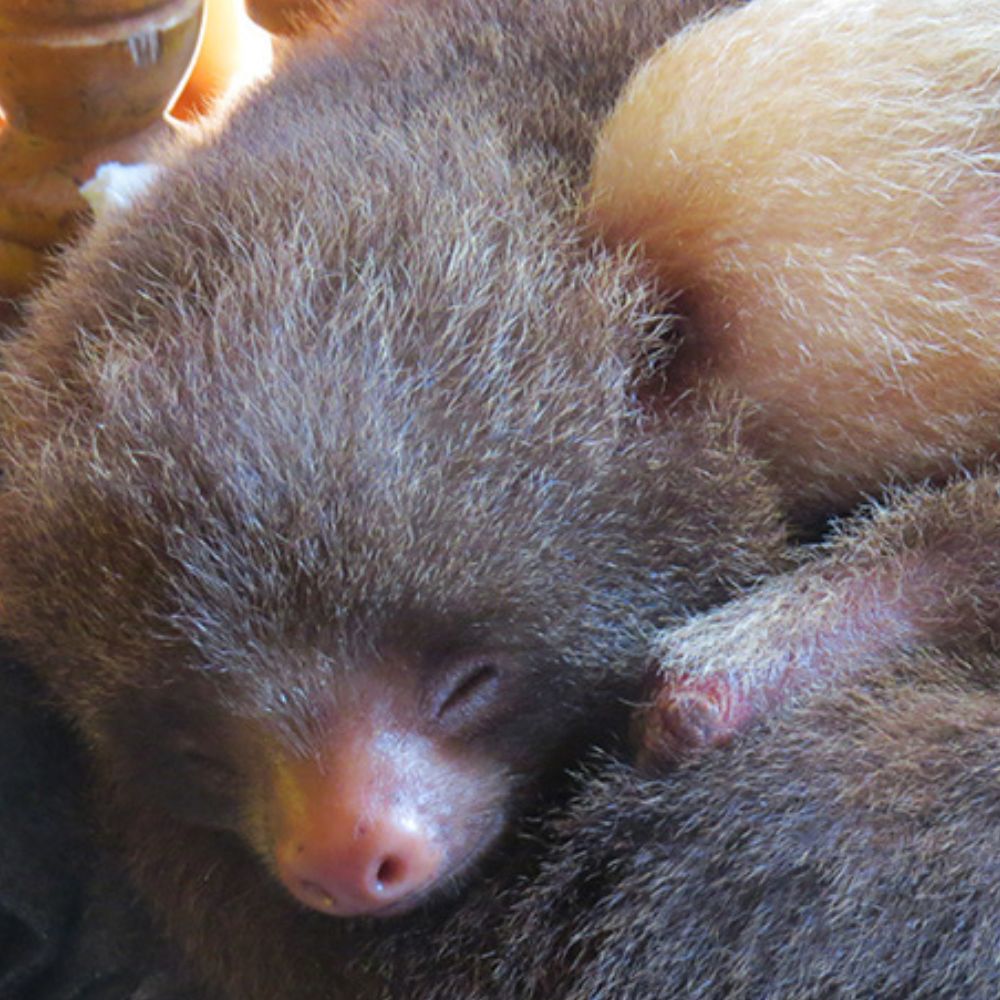
The Toucan Rescue Ranch in Heredia also plays a crucial role in wildlife rehabilitation, housing many animals that cannot be released back into the wild due to injuries. Visitors staying in San José can easily access this sanctuary. Additionally, the Alturas Wildlife Sanctuary in Dominical is committed to healing and rehabilitating injured wildlife, providing guided tours to educate visitors about their efforts.
In contrast, some facilities serve as sanctuaries for sloths that can no longer survive in the wild due to various circumstances, such as being kept as pets or being born in captivity.

The Springs Resort & Spa in La Fortuna features a small animal sanctuary that includes two-toed sloths. Similarly, the La Paz Waterfall Gardens and Diamante Adventure Park both have sloths as part of their attractions, with the latter offering discounts on entrance fees. At Selvatura Park, visitors can join guided tours to learn more about the sloths in their sanctuary.
While not a rescue center, The Sloth Institute is a non-profit organization focused on sloth conservation and education, aiming to release sloths back into the wild. Although it isn’t open to the public, it provides valuable information about sloths. They conduct a special sloth walk on the Tulemar property in Manuel Antonio, exclusive to guests of Tulemar, where visitors can often spot multiple sloths in their natural habitat.
These centers and sanctuaries play a vital role in the conservation of sloths and offer unique opportunities for visitors to learn about and support these fascinating creatures.
Let us give you a bunch of random facts about sloths:
The first descriptions in the 1700s describe it as a lazy and useless animal.
And on the other hand, in recent years, the makeover has been successful, and it turns out they are the sweetest and most charming creatures in the jungle.
Both are wrong. And we will be able to see some of the facts that gave both impressions.
1) The population of sloths is very widespread in the jungle.
Sloths are one of the most adaptive creatures in the jungle. Biologists consider that sloths make up more than half of the total biomass of rainforests in South and Central America.
2) Sloths are dirty
No matter how cute they look! You don’t want to hug a sloth!
Sloth hair is long and coarse, and depending on the species, it may include either some channels or irregular transverse fissures that grow in number and size with the animal’s age. These peculiarities are ideal for the habitability of a wide diversity of organisms, ranging from cockroaches, moths, and beetles to ciliates, fungi, and algae.

The sloth’s hair actually functions as an ecological association that has swarms of moths and algae. Algae, which aids sloths in hiding in the lush forests, provides food even for the sloths themselves, and it appears that the mammal’s own feces fertilize them.
3) Sloths risk their lives to go to the bathroom
Sloths have few reasons to leave the safety of the rainforest canopy, but once a week they go down to the base of their favorite tree to defecate. The exact cause of this dangerous journey remains a mystery, but researchers speculate that it may help keep the algae fields in their fur.
4) Sloths can turn their heads almost completely
Sloths can turn their heads up to 270°. This is very useful since their main predator is the harpy eagle.
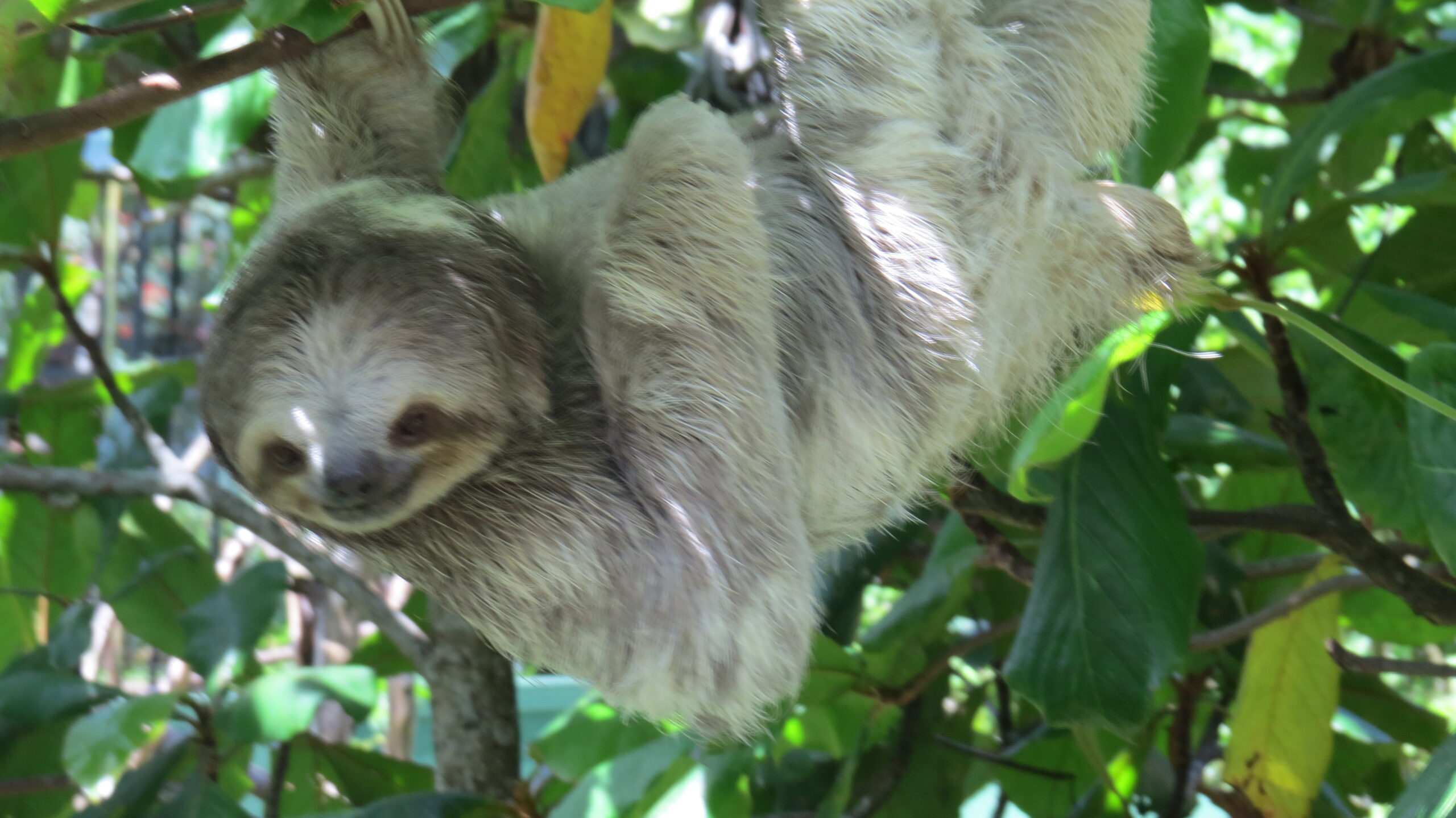
5) 90% of their lives they spend upside down
Monitoring sloths in the forest, it was discovered that sloths spend almost all their time upside down. To manage the influence of gravity, sloths have developed unique fibrous adhesions that keep their organs in place.
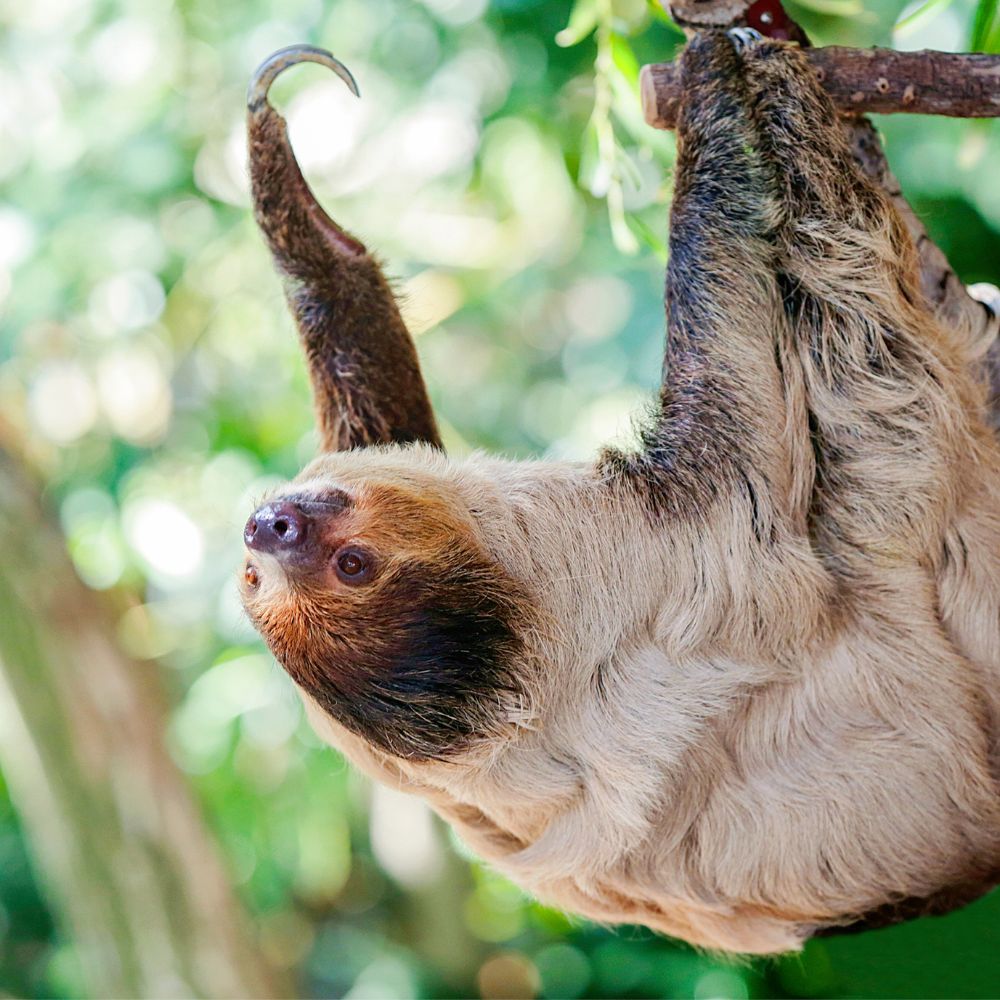
Reading point 2, we see that sloths may not sound very attractive; however, large birds of prey (especially harpy eagles) and ocelots, pumas, and jaguars eat them if they have the chance.
It is very interesting to think about what makes them successful as a population, given that they are so slow and defenseless. Despite their lethargy, sloths can be remarkably resistant to predators.
Their claws are like quick knives when the sloth is attacked, but they have developed the most powerful of all superpowers: invisibility. Their algae and everything that inhabits their fur, along with their own slow movements, truly make them invisible.
And in that, without a doubt, lies their security.
7) Sloths are very good swimmers
They may be slow and appear clumsy in the trees, but sloths can move up to three times faster in the water.
Sometimes they are seen in Tortuguero, crossing the canals.
8) Their slowness is a reflection of their metabolism.
Without any exaggeration, it can take up to 30 days for a sloth to digest a single leaf. Although their average is 16 days.
Only 10 species of mammals—less than 0.2%—have evolved to eat leaves and fruits that require climbing to the top of trees.

The leaves are very hard to digest, and generally, large animals are the ones that have this exclusive diet (elephants or giraffes) since they have the space in their bodies for the complex digestive system that can process cellulose.
In the case of the sloth, apart from a complex stomach (which they have), they save a lot of energy simply by not moving much and regulating their temperature according to the environment (like reptiles) (the metabolism of three-toed sloths is 31% slower than that of two-toed sloths).
9) A fungus that lives on the skin of sloths could cure cancer
Scientists took units of fungi from sloth hairs and found that some were adept at combating parasites, bacteria, and even breast cancer cells.
10) Sloths don’t sleep all day
Although it is known that sloths in captivity sleep 15 to 20 hours a day, free sloths normally average 10 hours of sleep per day.
11) Sloths in Costa Rica are everywhere… almost.
They live up on the trees. And we could say that almost on any tree, along the roads, and in the national parks.
Until the 1970s, there were sloths living in the old trees of Central Park in San José and in the central park in Alajuela.
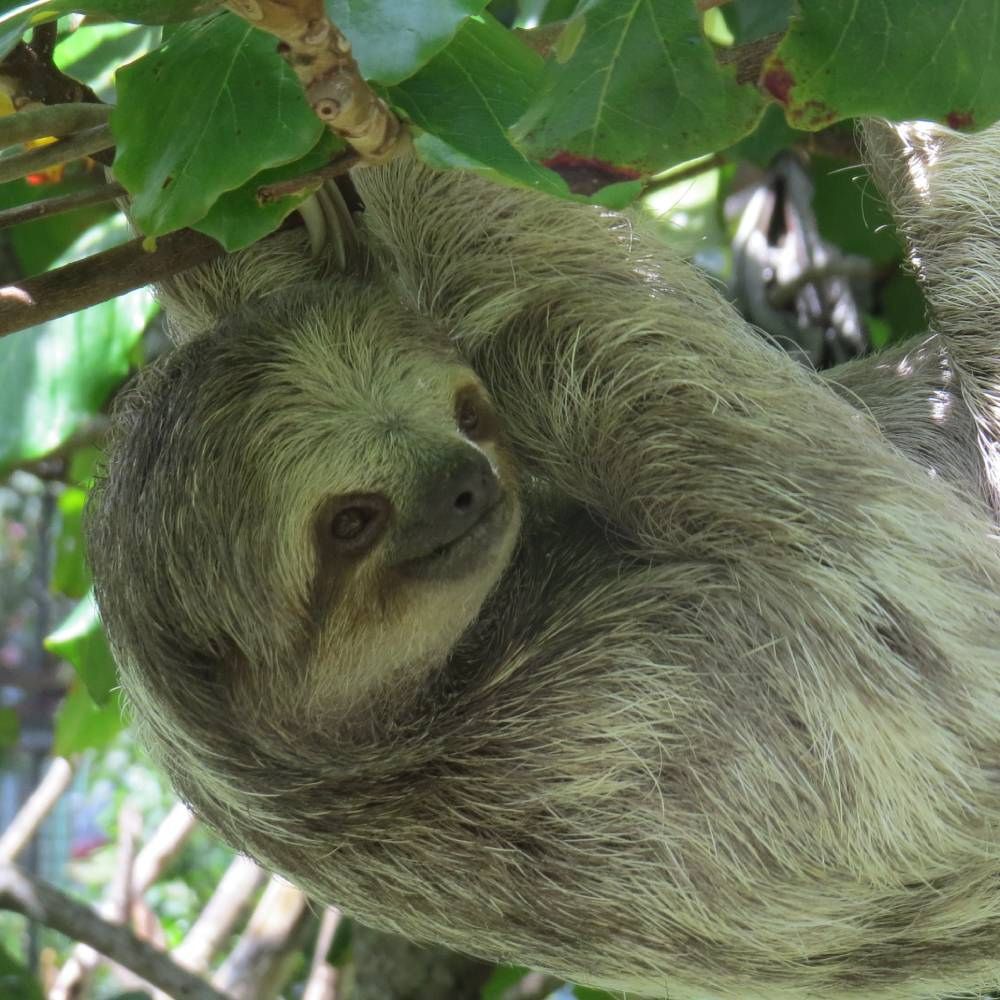
12) Sloths have deadly claws
As we saw above, sloth claws can be like knives (Wolverine style); they are so strong that dead sloths have been found still hanging from the branch on which they died.
To wrap it up
In conclusion, if you’re eager to learn more about traveling in Costa Rica and experiencing the enchanting world of sloths and other incredible wildlife, I invite you to reach out to me at writer@olgasaenz.com. Whether you need assistance planning your trip, insights into the best destinations, or recommendations for top tour companies that cater to your interests, I am here to help ensure your journey is unforgettable.
With a wealth of knowledge about the local culture, attractions, and hidden gems, I can guide you in making the most of your Costa Rican adventure, allowing you to immerse yourself fully in the beauty and biodiversity that this remarkable country has to offer. Don’t hesitate to contact me for personalized support tailored to your travel needs!
References:
Sammi (2024). Where to see sloths in Costa Rica. [online] MytanFeet. Available at: https://mytanfeet.com/costa-rica-wildlife-and-nature/where-to-see-sloths-in-costa-rica-wildlife-nature/ [Accessed 7 Nov. 2024].


